When the UPS or FedEx truck delivers a box and my wife gets to it before me, she’s throwing shade. You know the drill. Thankfully, something showed up here that the boss really likes. Something that throws real shade. The kind of deep, dark shade that provides relief on a hot day at the beach. Or the river. Or out on the trail. We’re talking about the all new Adapter Shade Panel and Sweet Spot Vehicle Kit from Force Protector Gear.

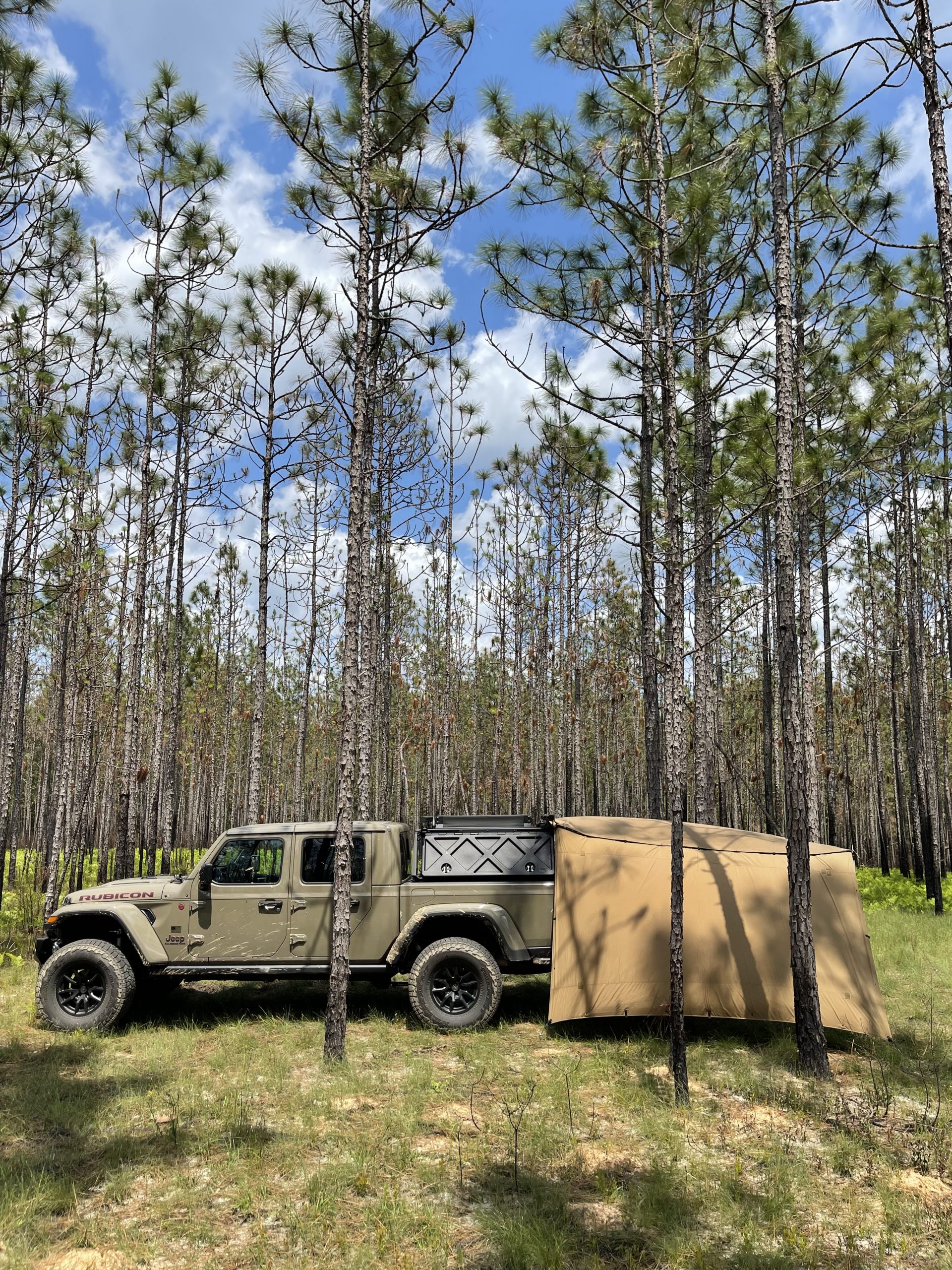
Founded in 2005 and based in California, Force Protector Gear is the designer and manufacturer of the US Marine Corps replacement Sea Bag, “The Deployer“, as well as their ThermaShield® line of products. Their gear is currently in use in extreme environments worldwide by USSOCOM and other demanding, high profile expeditionary customers.
What is the Adapter Shade Panel? The ASP is a thermal reflective specialty product in the ThermaShield family specifically designed for the Overland community. This magical blanket material can make shade that is 20-40° less than sitting in the full sun and ensures 100% UV protection. The real magic is in the special fabrics used in it’s manufacture (1000D Cordura, FPG Desert Cloth®, and FPG Reflectec®) which enable TRUE shade unlike other tarps or awnings currently marketed for overland use. Beyond providing shade, it can easily block wind and rain, and it can reflect heat away from you or towards you depending on what the need is.
As the basic building block for making modular, scalable shelter, the ASP’s tapered trapezoid shape attaches quickly to narrower 4WD vehicles, vans, or even side-by-side roll cages. As a stand alone system, it provides quick shade and protection under its 6’ x 10’ footprint and can be erected in about 5 minutes making it perfect for quick lunch stops on the trail.
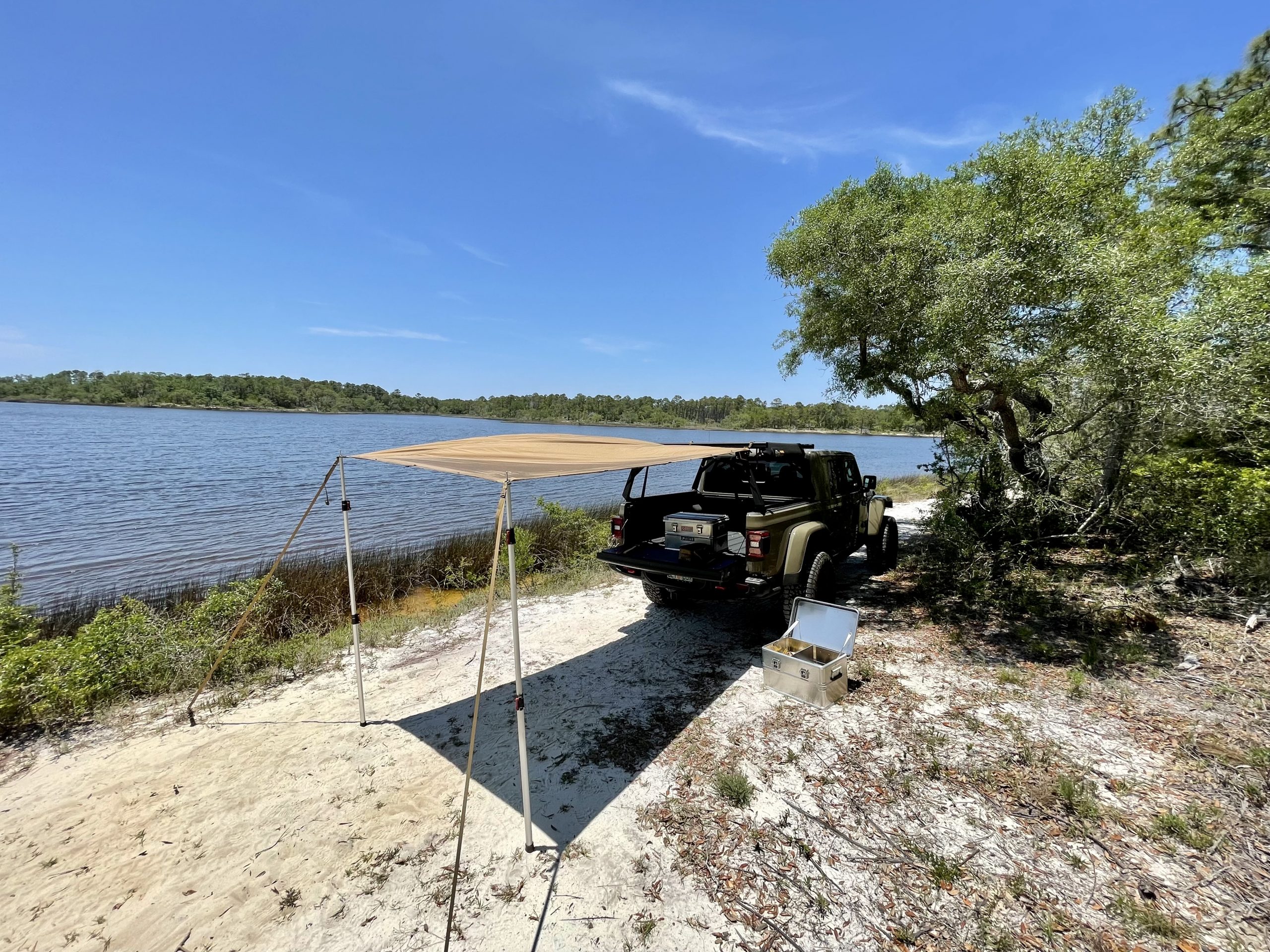
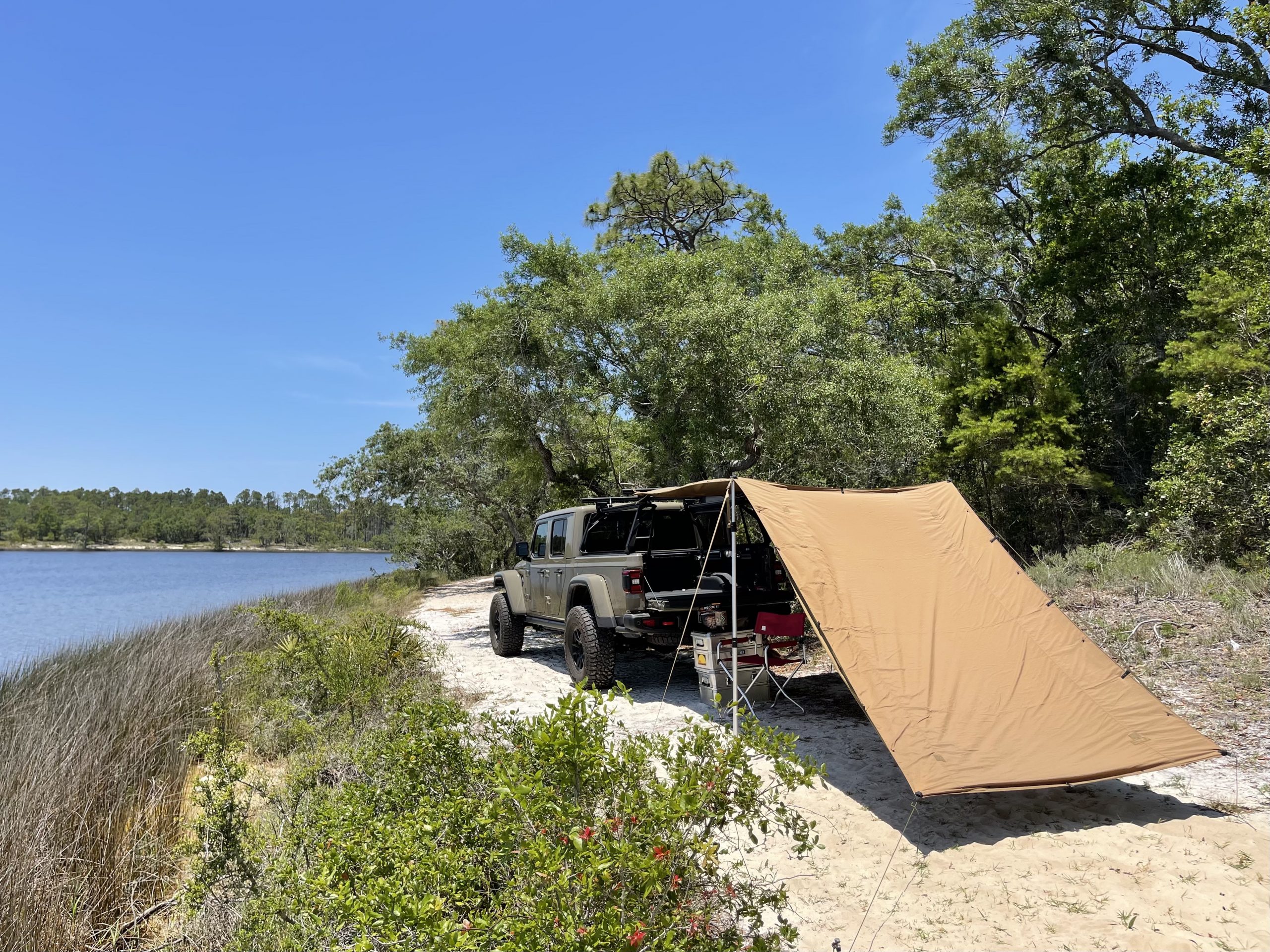
Modular 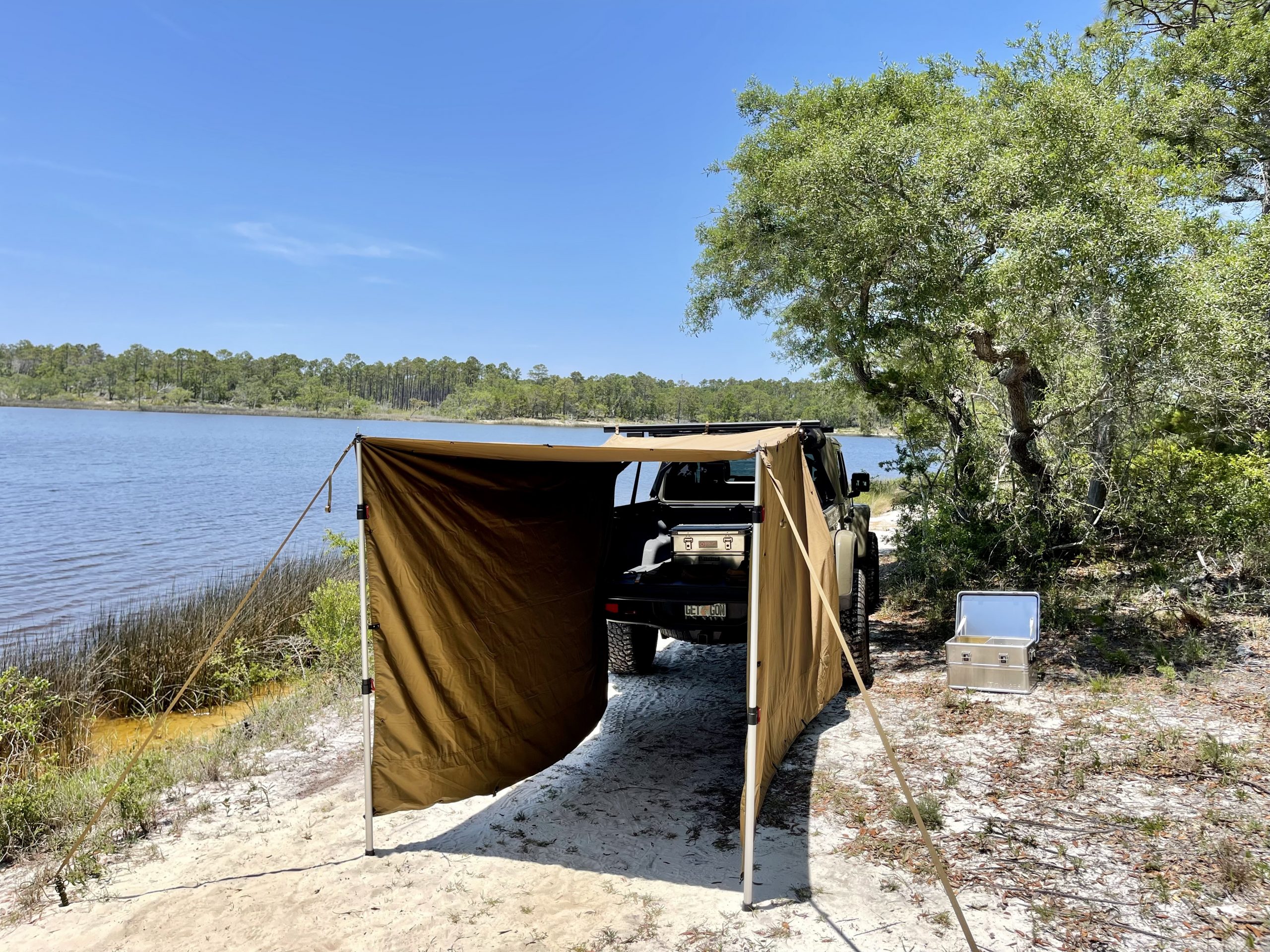
Scalable
The Sweet Spot Vehicle Kit includes an ASP, a ThermaShield blanket, 4 super sturdy poles and all the rigging, and provides nearly 200 sq ft of real shade that can be tailored to any environment. By adding a single Field Blanket to the sides or end of the ASP you can quickly augment your wind/shade/rain protection, and ensure continuous shade as the sun dips low on the horizon.
With standard ThermaShield snap spacing, you can attach additional blankets in minutes adding 60 sq ft of protection each time. In a few short minutes you can build a full Bedouin-style camp with shade and wind breaks. The utility of the Sweet Spot Kit as a basis for shelter is only limited by your imagination and how many blankets you add to it.
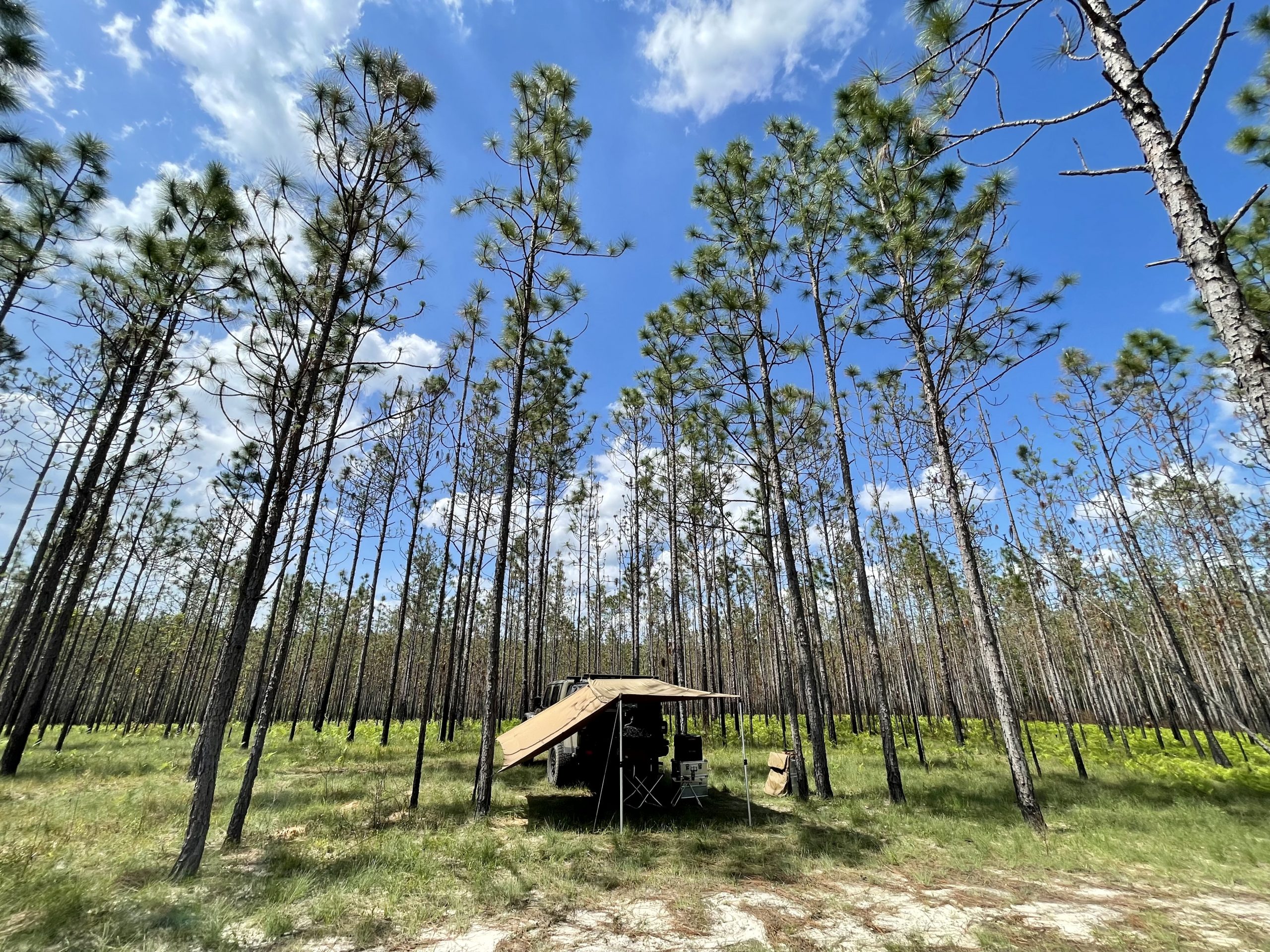
One thing that I really like is the fact that the Sweet Spot Kit is not a “one trick pony” like larger and heavier hard mounted awning systems.
Like all ThermaShield products, this kit provides many functions and can provide shelter both on or off your vehicle, help keep track of small parts and protect yourself when lying under your rig in the hot sand, or even just snuggling up at the campfire or keeping warm at a chilly sporting event. Their Desert Cloth is surprisingly soft and lends itself well to picnic blanket or bedtime use as a “woobie”.
It also has medical applications and can help reduce heat injuries, and is helpful for cold injuries or treating for shock by keeping an injured person warm. In a pinch, the Adapter Shade Panel or ThermaShield can even be used as an expedient litter when things go bad in the wilderness.

Testing
Average consumer grade companies make stuff and hope that it works. Since hope is not a plan, and their primary customers are anything but average, FPG took their ThermaShield to the lab at the Army’s Natick Soldier Systems Center in Massachusetts. They tested these blankets in temperatures ranging from -25 to 135 degrees Farenheit. Then they put them in the hands of SOCOM personnel where they were proven in real world conditions. The current Sweet Spot Vehicle Kit is an evolution of this rigorous testing and continued development of the basic ThermaShield concept.


Rugged 
Windproof
Attachment:
The ASP can attach to anything from racks to shells. It can even attach to rear hatches on SUV’s using the supplied “Belly Band” strap. Padded corners on the ASP allow snapping in additional field blankets while protecting your vehicle’s expensive paint. Hypalon backed “Gromolon” anchor points and steel rings stay centered on the pole tips and provide a 270° stable arc to pull from. Utilizing the ¾” Stake Straps enable you to easily clip in to the MILSPEC anchor buckles and cinch down for a rock-solid standard configuration. Available SmartClip Adapters allow you to lock in paracord or small bungee cords for those non-standard setups fixing to objects, trees or vehicles.


550 cord loops for extra strength at corners 
Smart Clip details
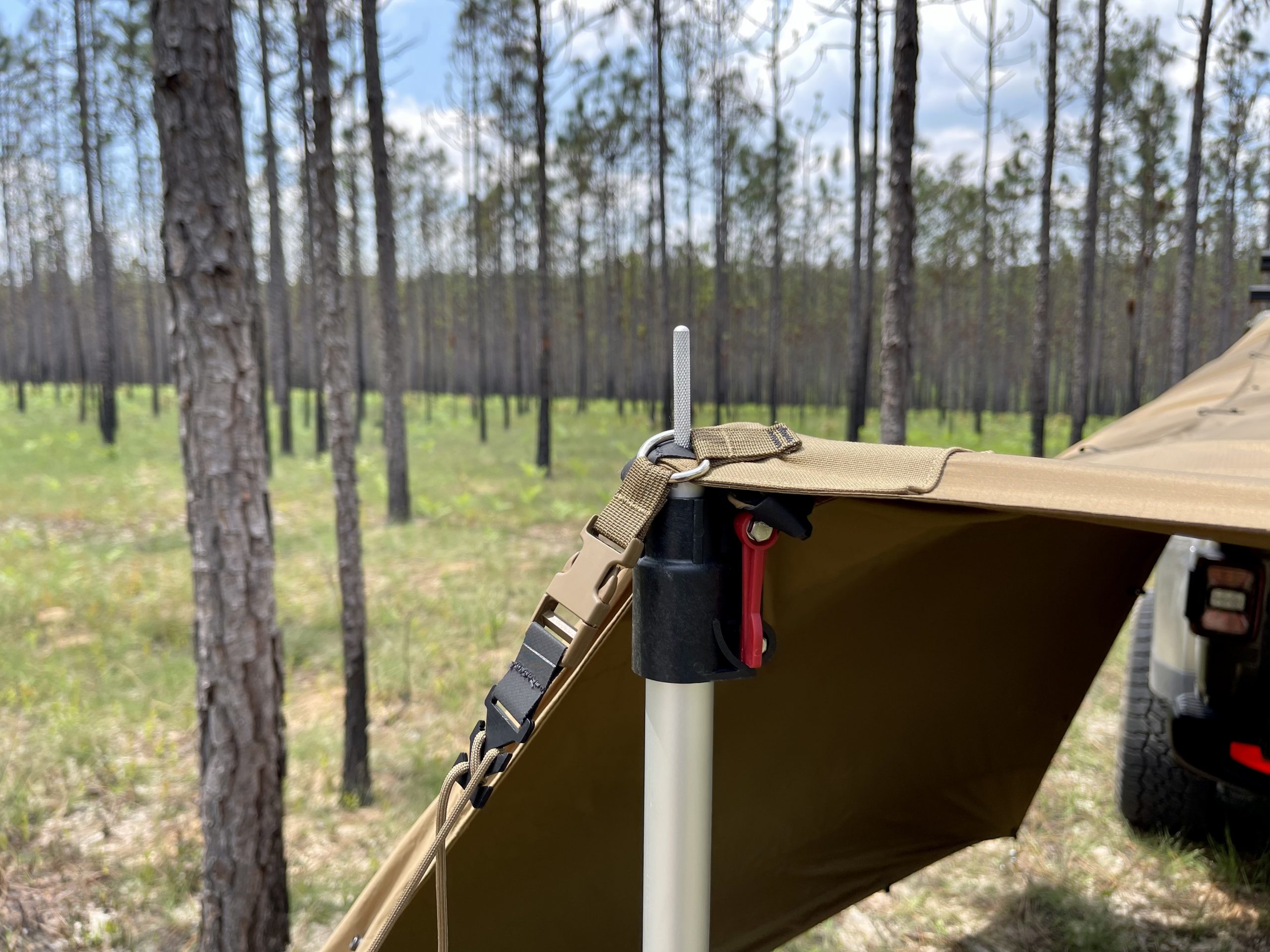
SmartClips and Stake Straps
The ASP has Surface Mount Buckles on all four corners that accept ¾” side release male buckles. In most scenarios, simply clipping in the Stake Strap and running the eye to a tent stake gets it done. It’s difficult to express in words what a game changer the Stake Straps are – keeping tension and making one-handed adjustments is stupid simple with these.
The SmartClip Adapter puts their patented aluminum SmartClip® into play giving you a huge amount of attachment options with a no-knot anchoring system for use with 550 Paracord or small bungee cords. You can easily attach to objects further away than the Stake Straps will reach (how much 550 cord did you bring?), or you can even use pliable bungee cords that can flex with high wind gusts in the desert. These incredibly tough accessories provide nearly limitless securing options in a tiny package.
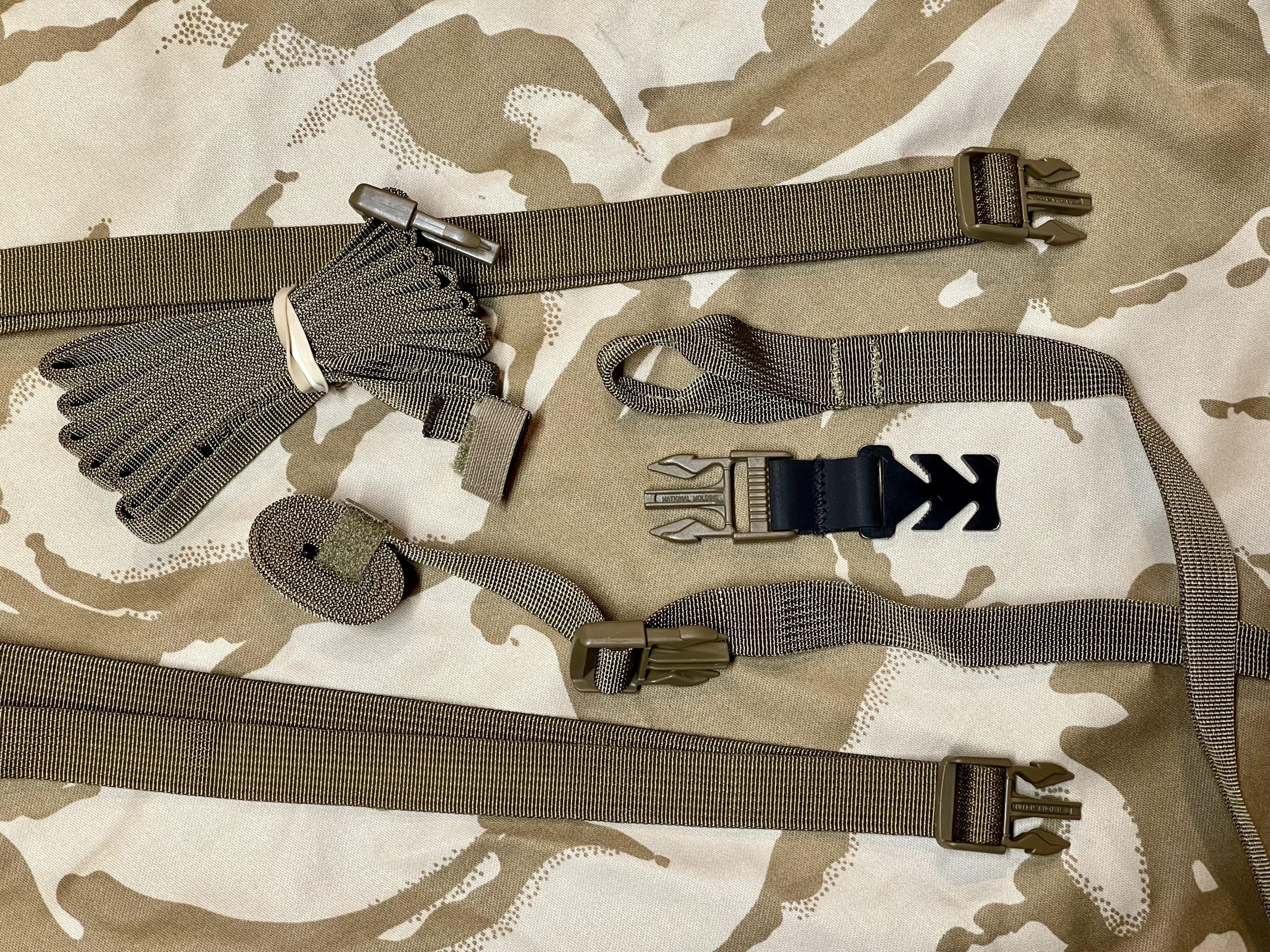

Stake Straps 
SmartClip w/550 cord
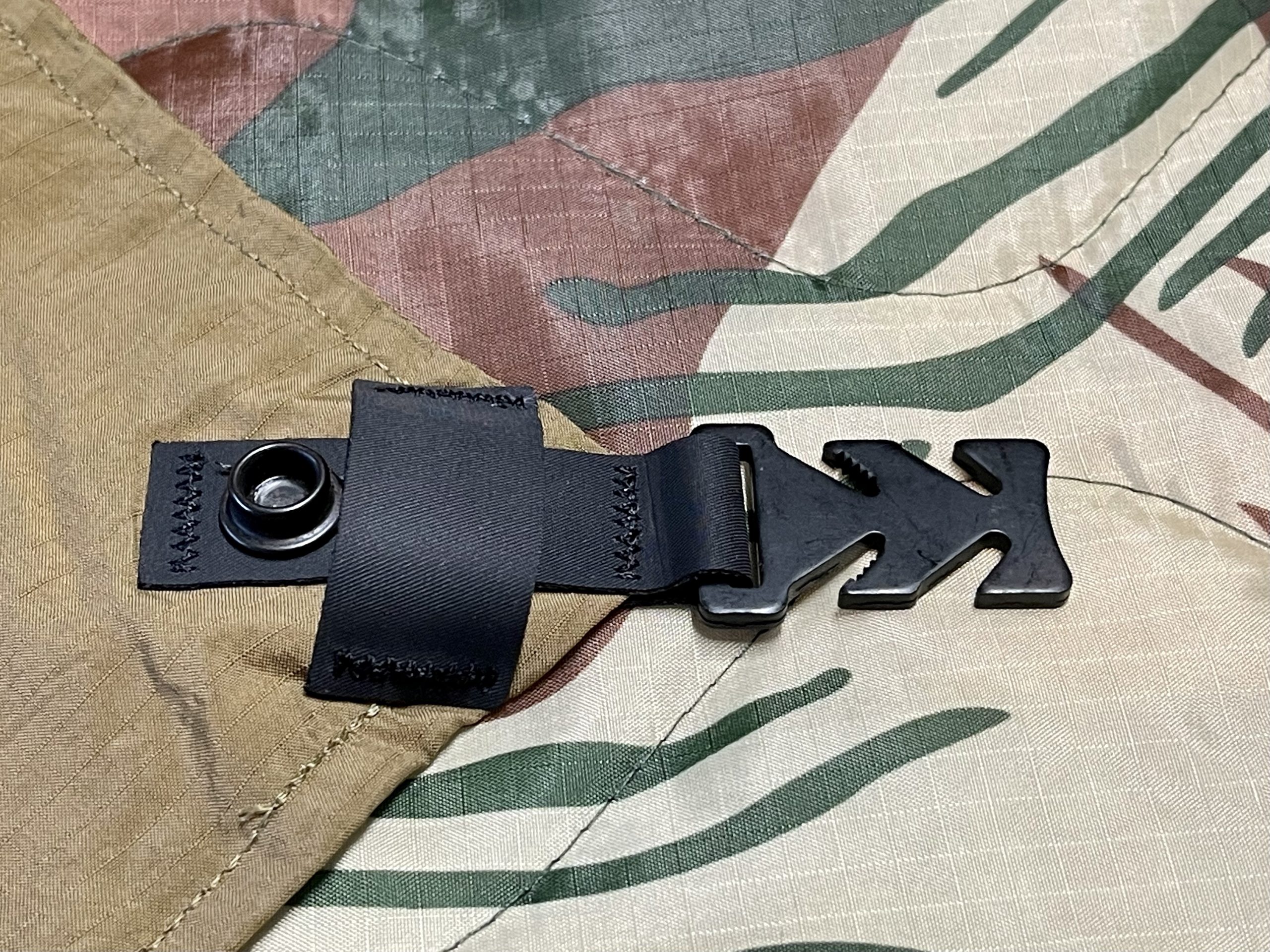
Deployed Smart Clip 
Stowed SmartClip
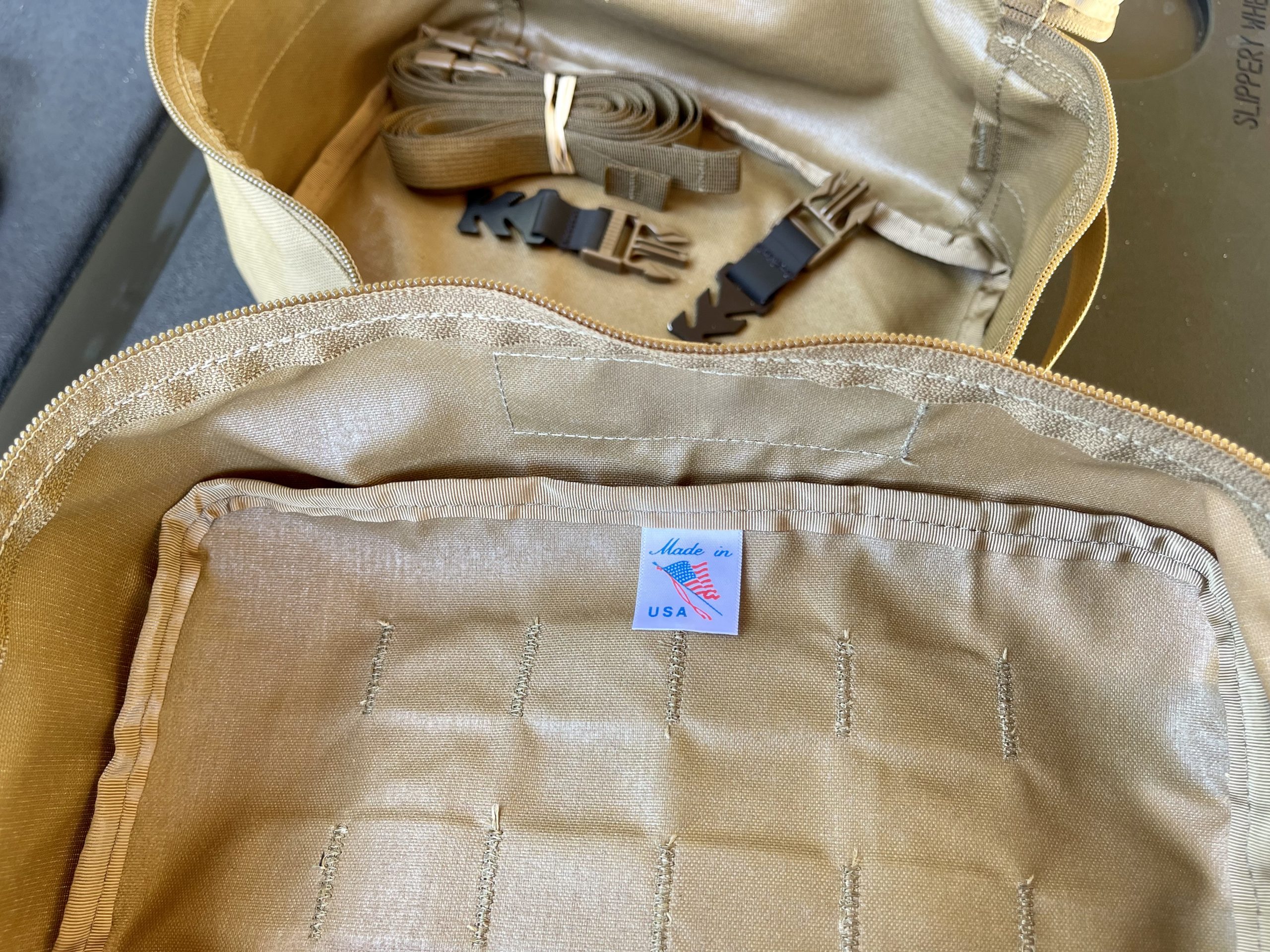

Weights and Dimensions
Adapter Shade Panel Dimensions: Trapezoid shape; 112” L x 52” W (vehicle end) and 72” W (pole end).
Adapter Shade Panel Weight: 2.2 lbs.
ThermaShield Blanket Dimensions: 112″ L x 72″ W
ThermaShield Blanket Weight: 2.2 lbs.
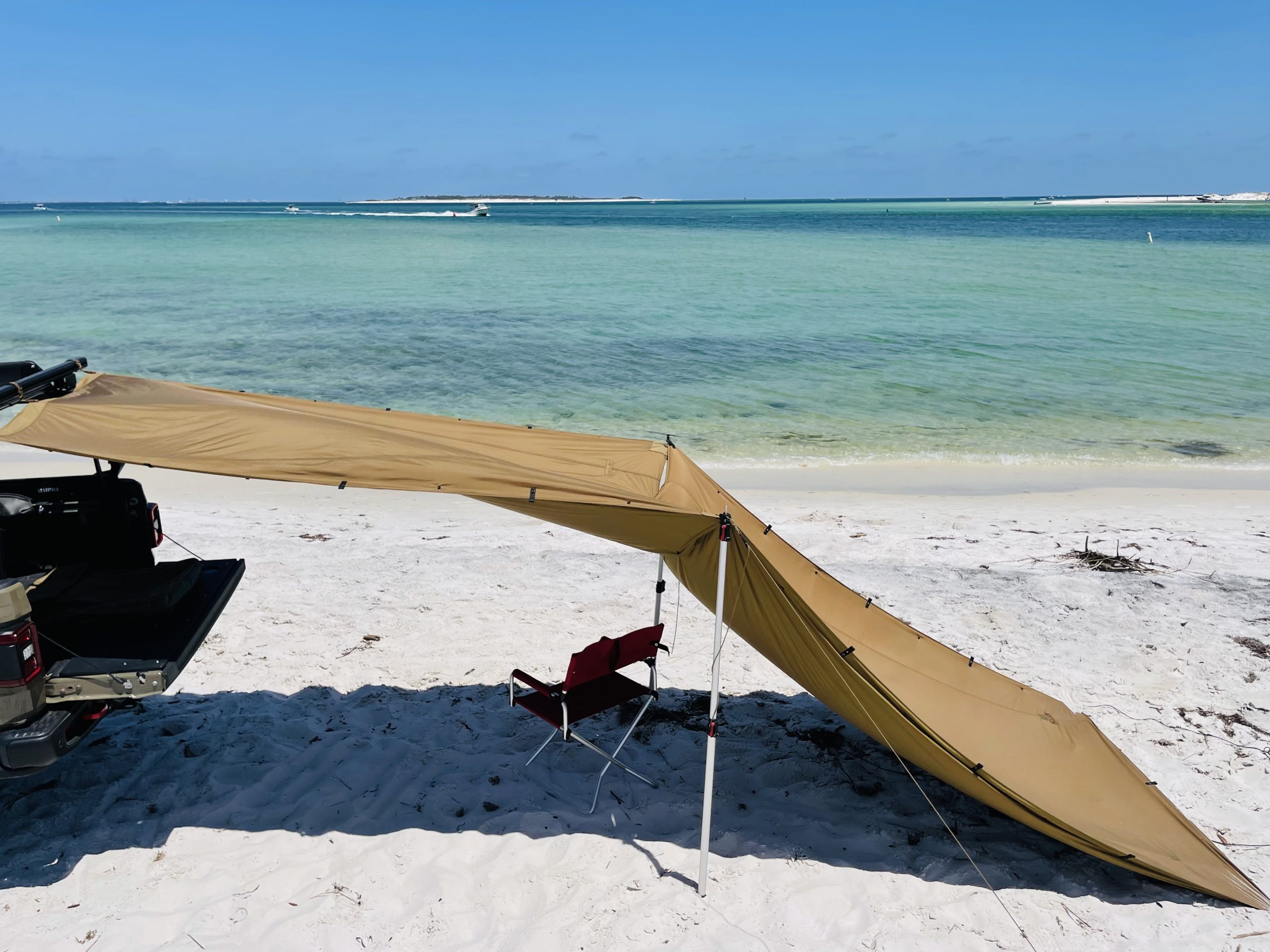
Our Thoughts?
We really like the fact that we can carry a MASSIVE amount of shade in a very small and very light package. The fact that it can be tailored to the conditions so easily is a huge plus for me. Windy? Sun blazing hot and low on the horizon? Need privacy? It’s as easy as snapping another blanket onto the ASP and staking it down.
I’m convinced that there is no better shade option available given the light weight, simple form factor and limitless applications this kit provides. Add in the SOCOM proven, made in USA quality and the science inherent in the 1000D Cordura, FPG Desert Cloth®, and FPG Reflectec®fabrics and you have a true “best of breed” product that has applications across the full spectrum of adventure travel from hardcore 4×4, overland, motorcycles, UTV’s, hiking, kayaking, and more.

CONCLUSION: The argument for the Adapter Shade Panel and/or the Sweet Spot Kit versus other options is unbreakable. There is no other shade system on the American market today that provides more scalability, more UV protection, or more heat reflective properties than this kit. If you only have one way of making shade, or if your life depends on being able to make shade or shelter anywhere on a moment’s notice, this is the clear choice.
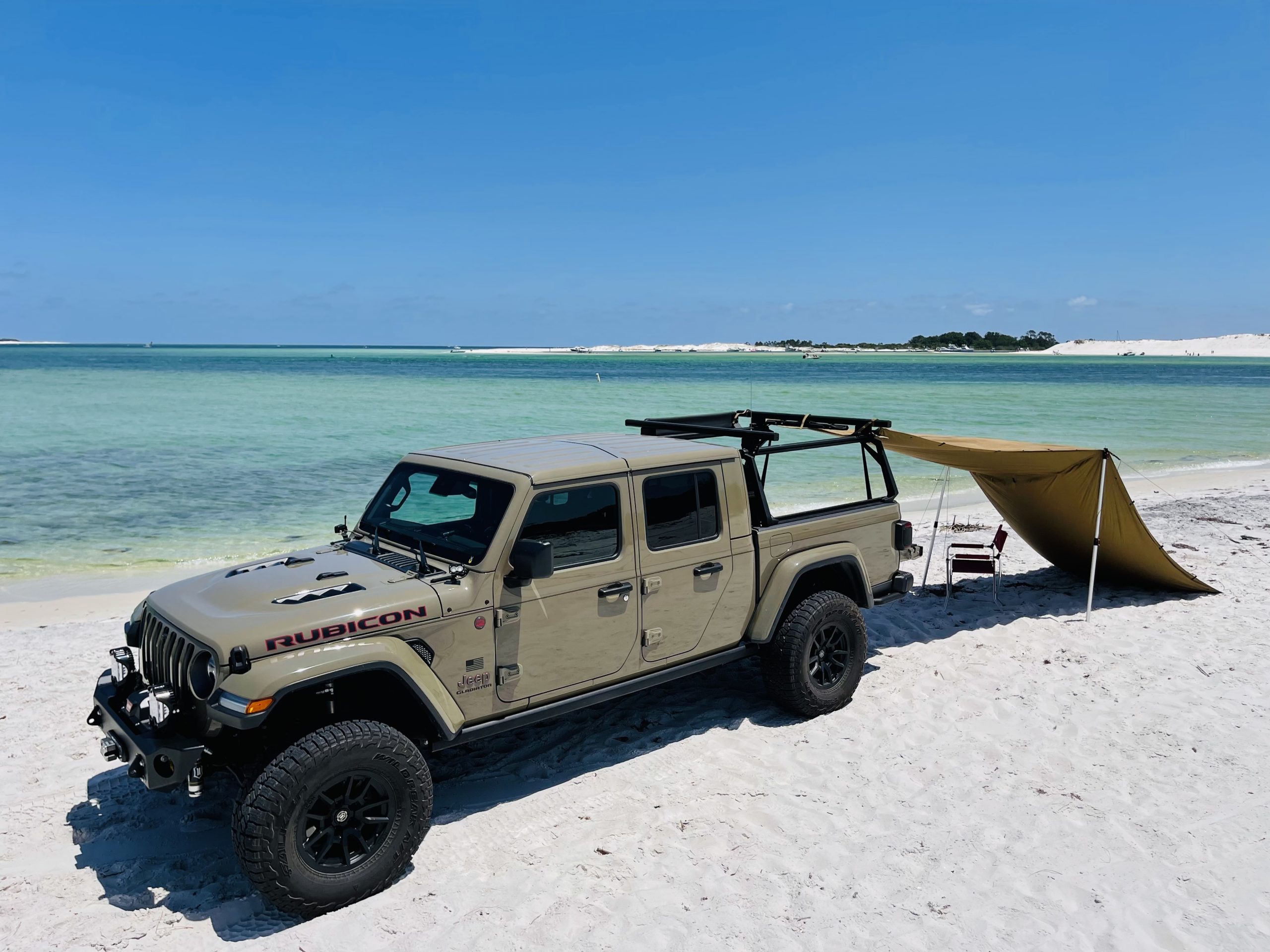
FULL DISCLOSURE: The Force Protector Gear products featured here were provided at no cost to the author or American Adventurist for the purpose of this independent gear review.
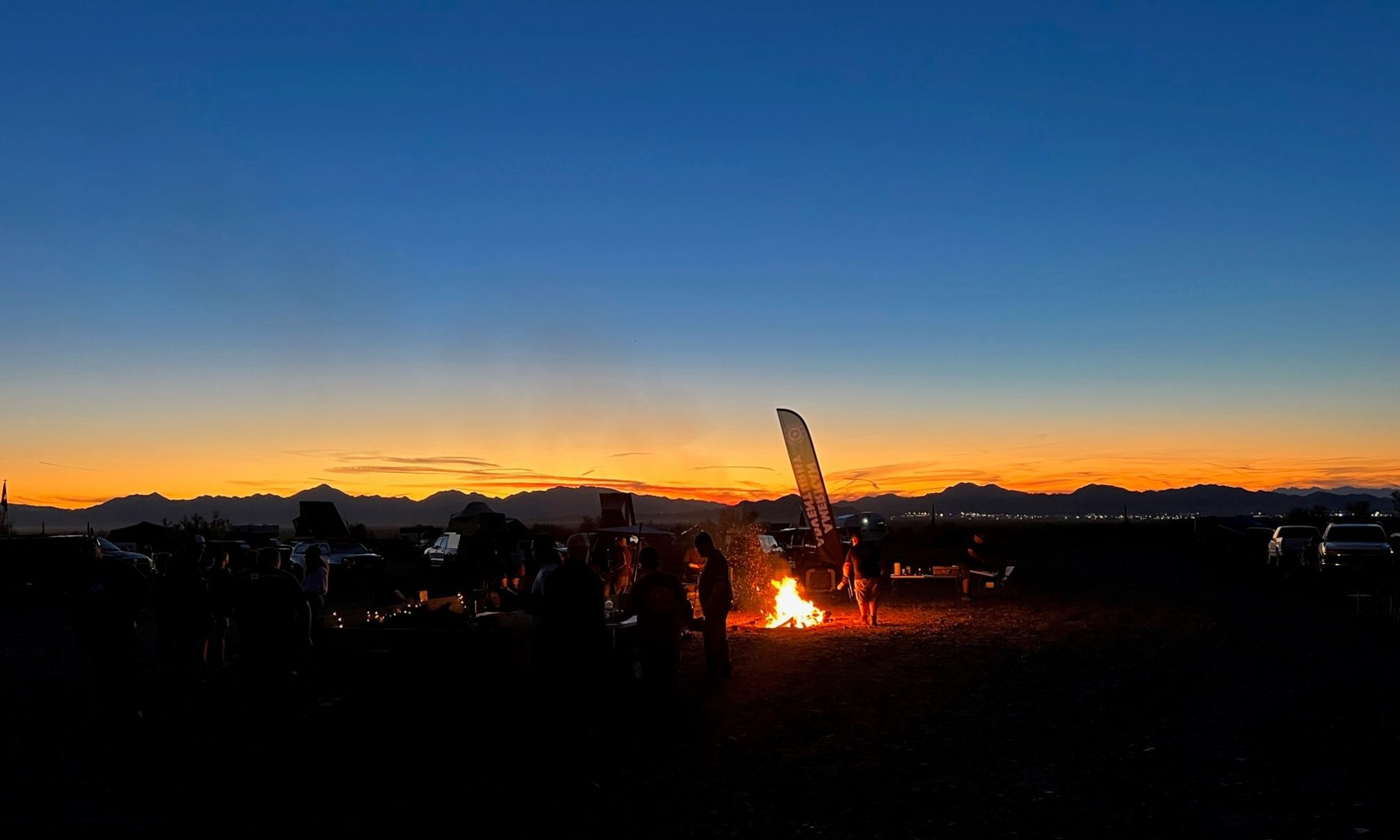


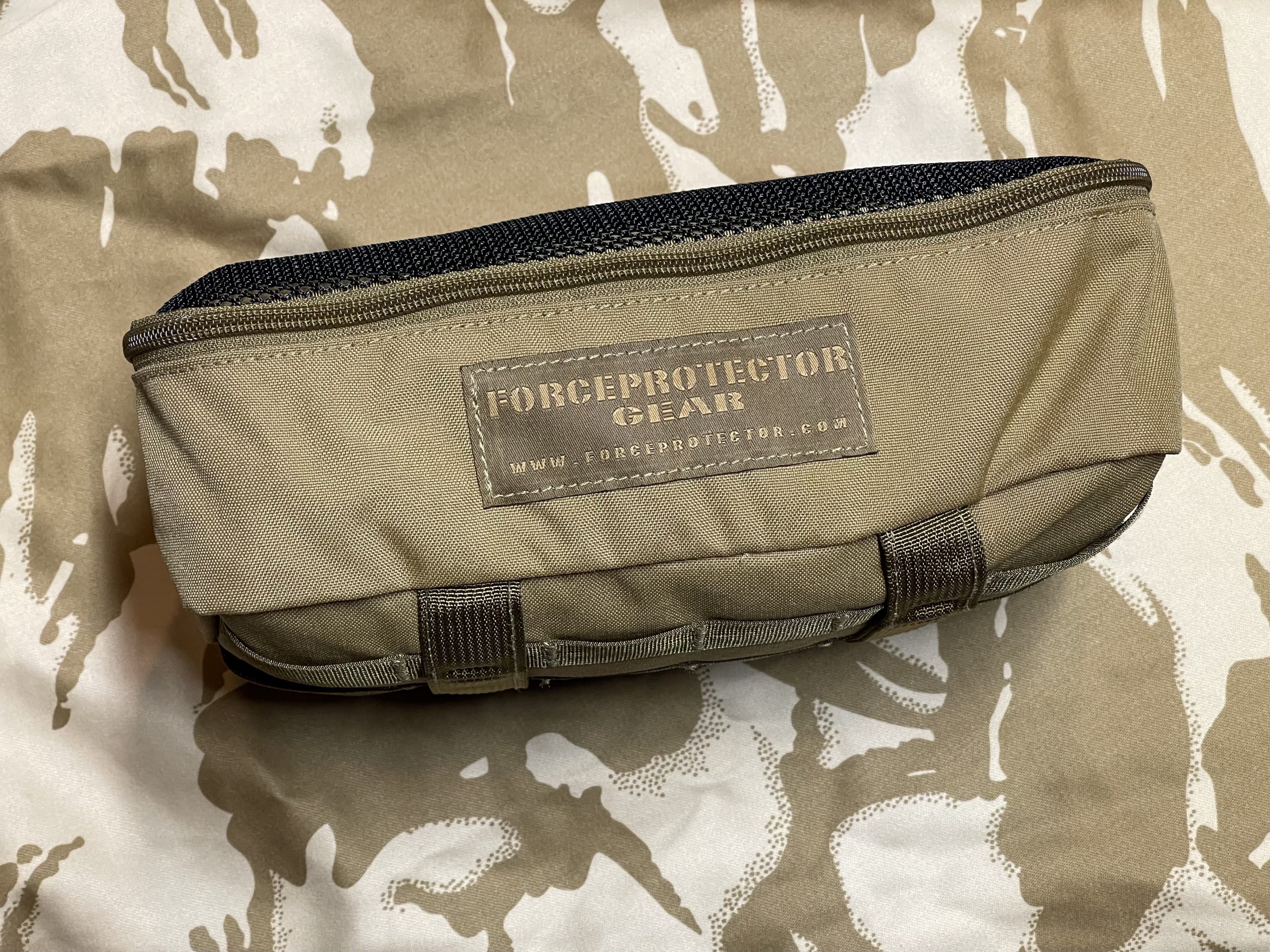

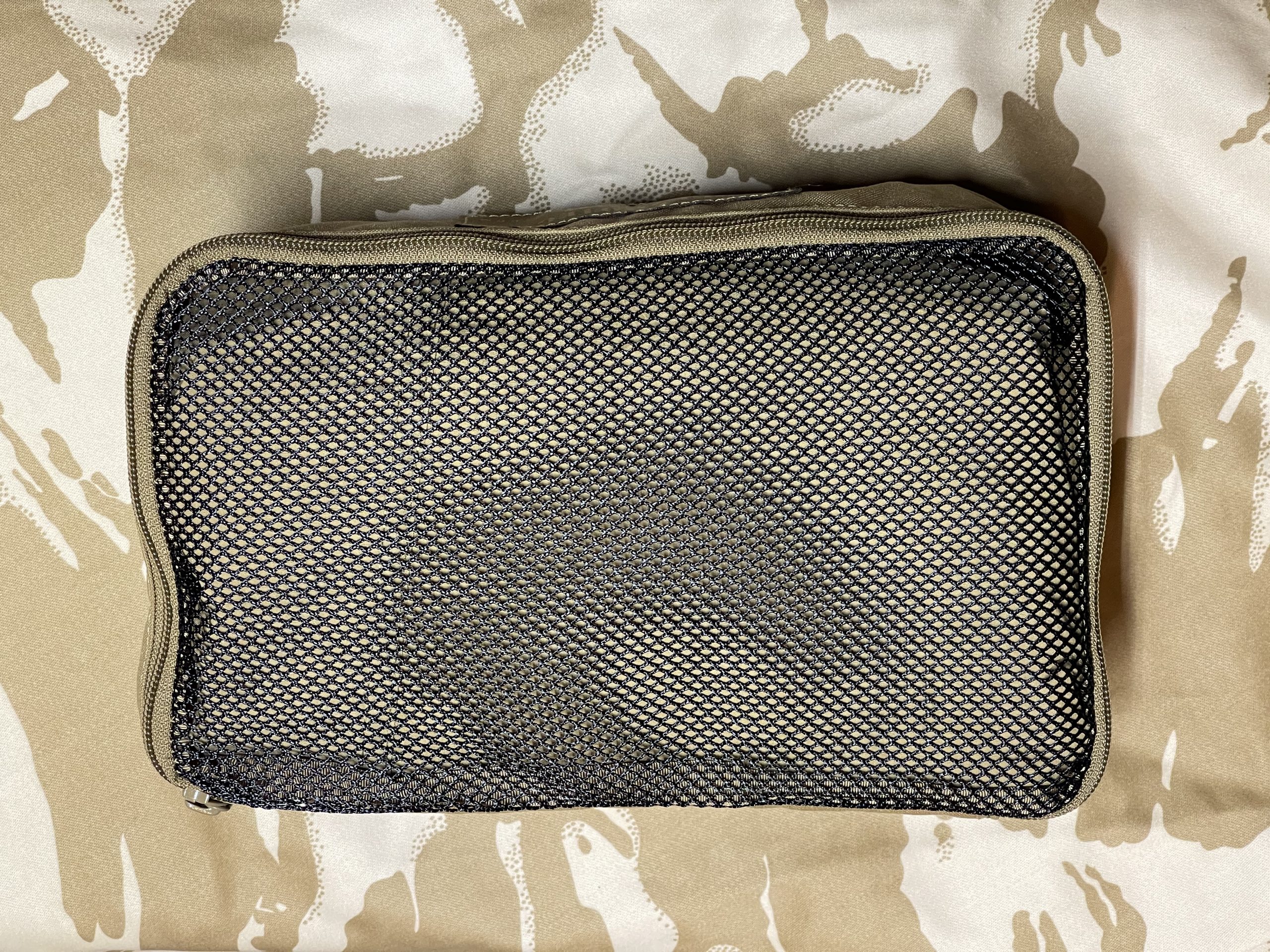
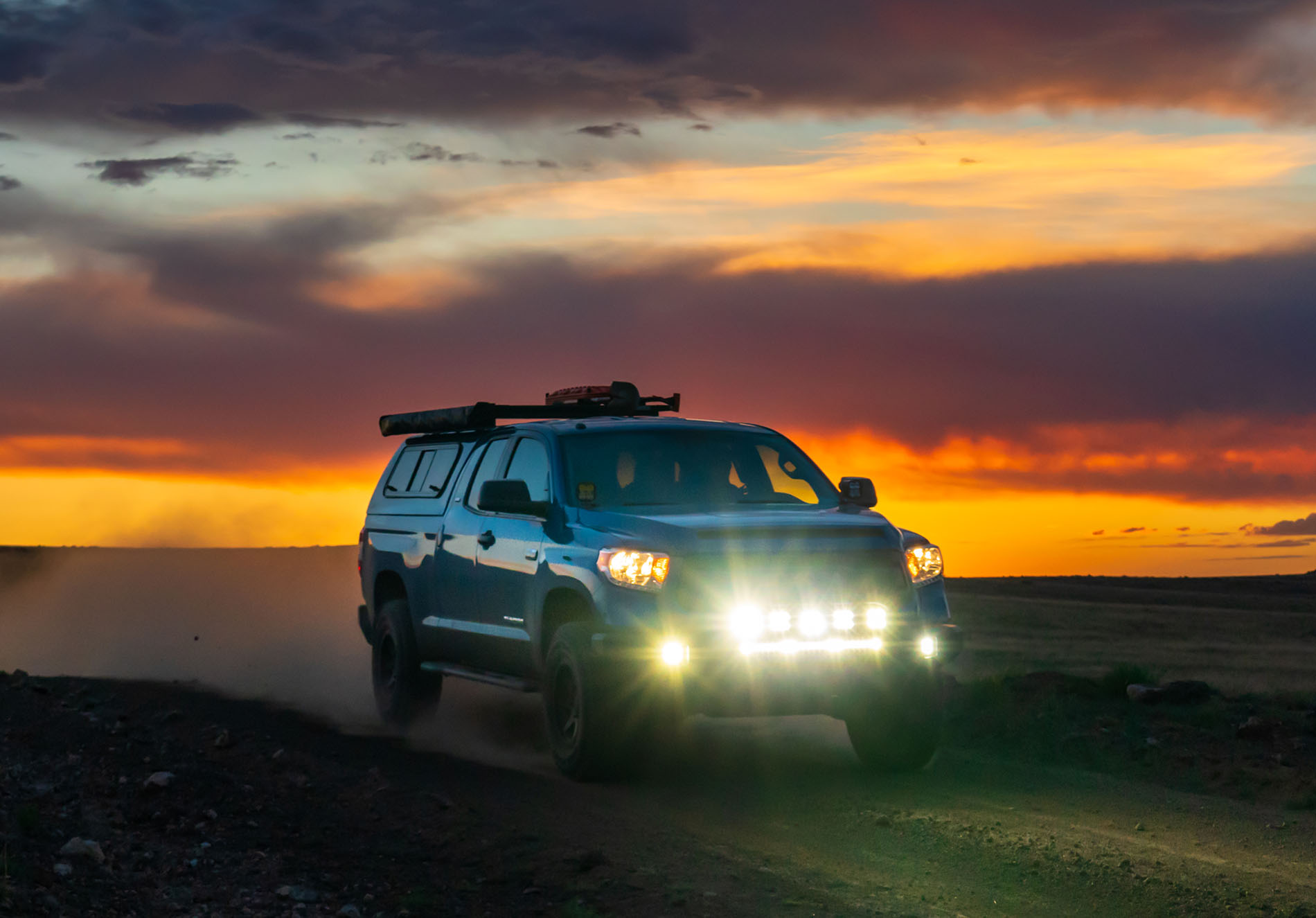

 Last year, Project Tundra was fitted with a pre-production set of front and rear bumpers from a SoCal company that’s no longer in business. I spent several days at this manufacture’s location working on the install and helping to 3D scan the truck to develop additional parts like skid plates and sliders. Or at least that was the plan, but plans change. In the end Project Tundra ended up with a great set of bumpers, but no skids or sliders.
Last year, Project Tundra was fitted with a pre-production set of front and rear bumpers from a SoCal company that’s no longer in business. I spent several days at this manufacture’s location working on the install and helping to 3D scan the truck to develop additional parts like skid plates and sliders. Or at least that was the plan, but plans change. In the end Project Tundra ended up with a great set of bumpers, but no skids or sliders. The bumpers are home to some other outstanding parts, namely a bunch of Baja Designs lights, and a shiny new
The bumpers are home to some other outstanding parts, namely a bunch of Baja Designs lights, and a shiny new 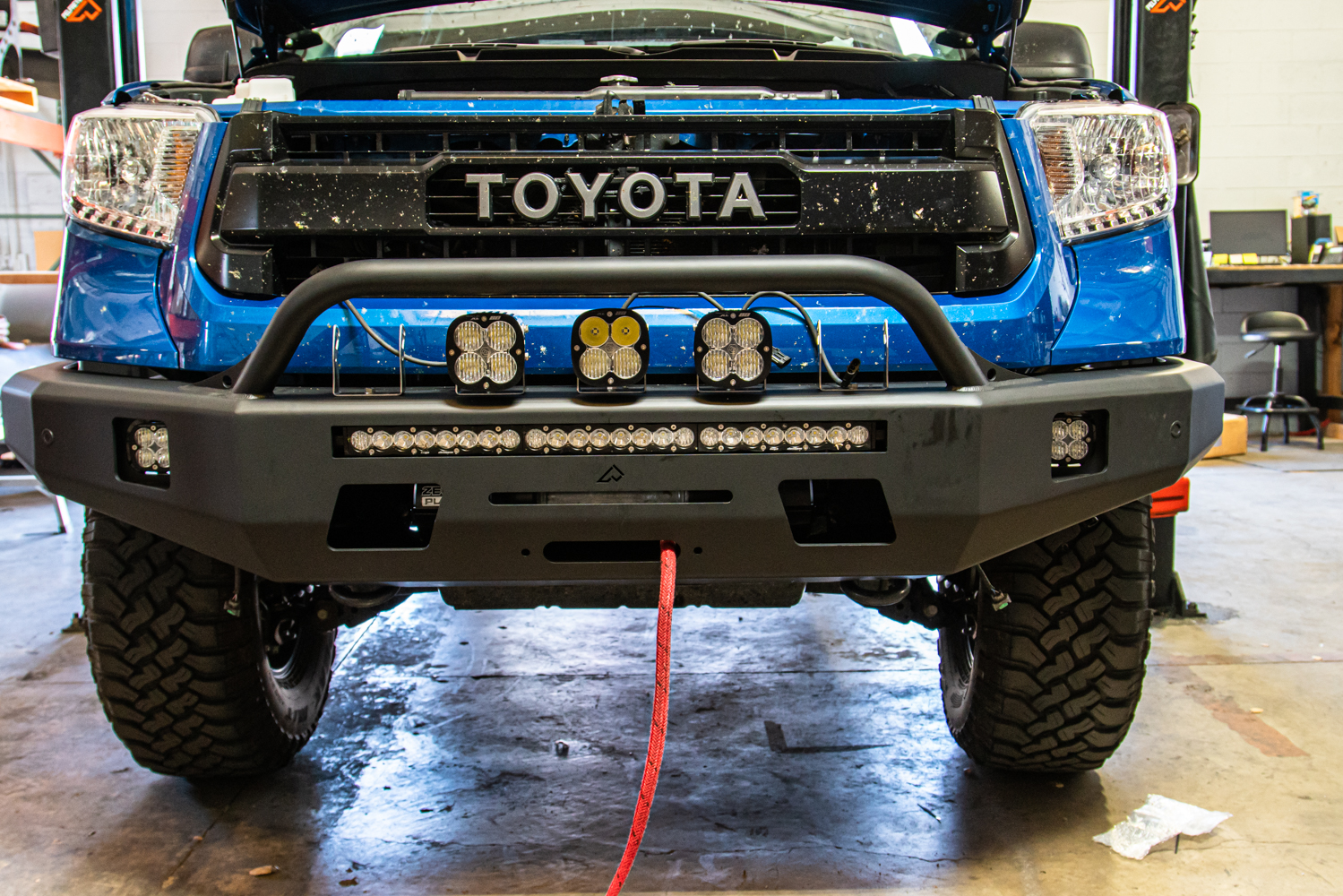

 Project Tundra needed sliders, and after watching
Project Tundra needed sliders, and after watching 

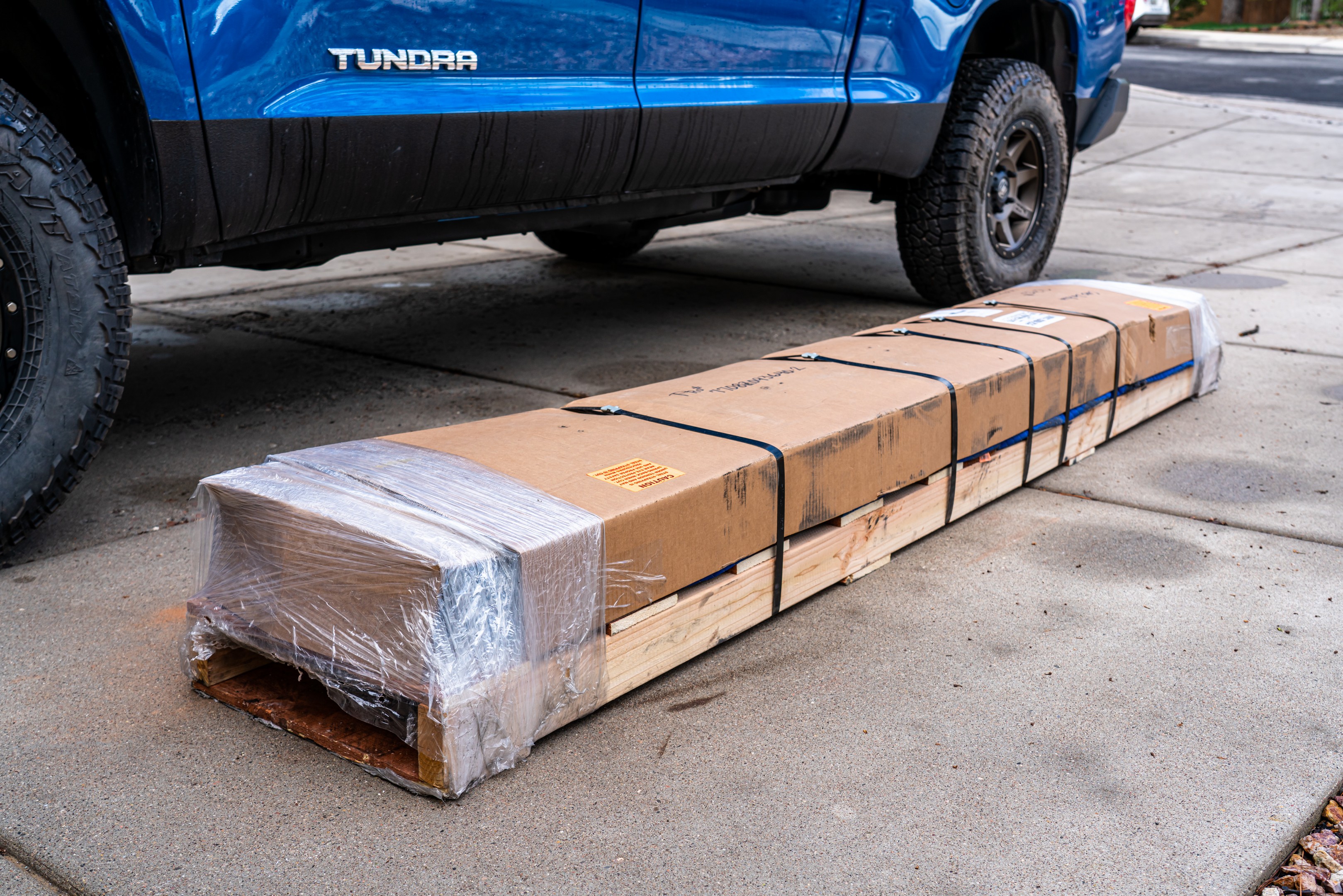


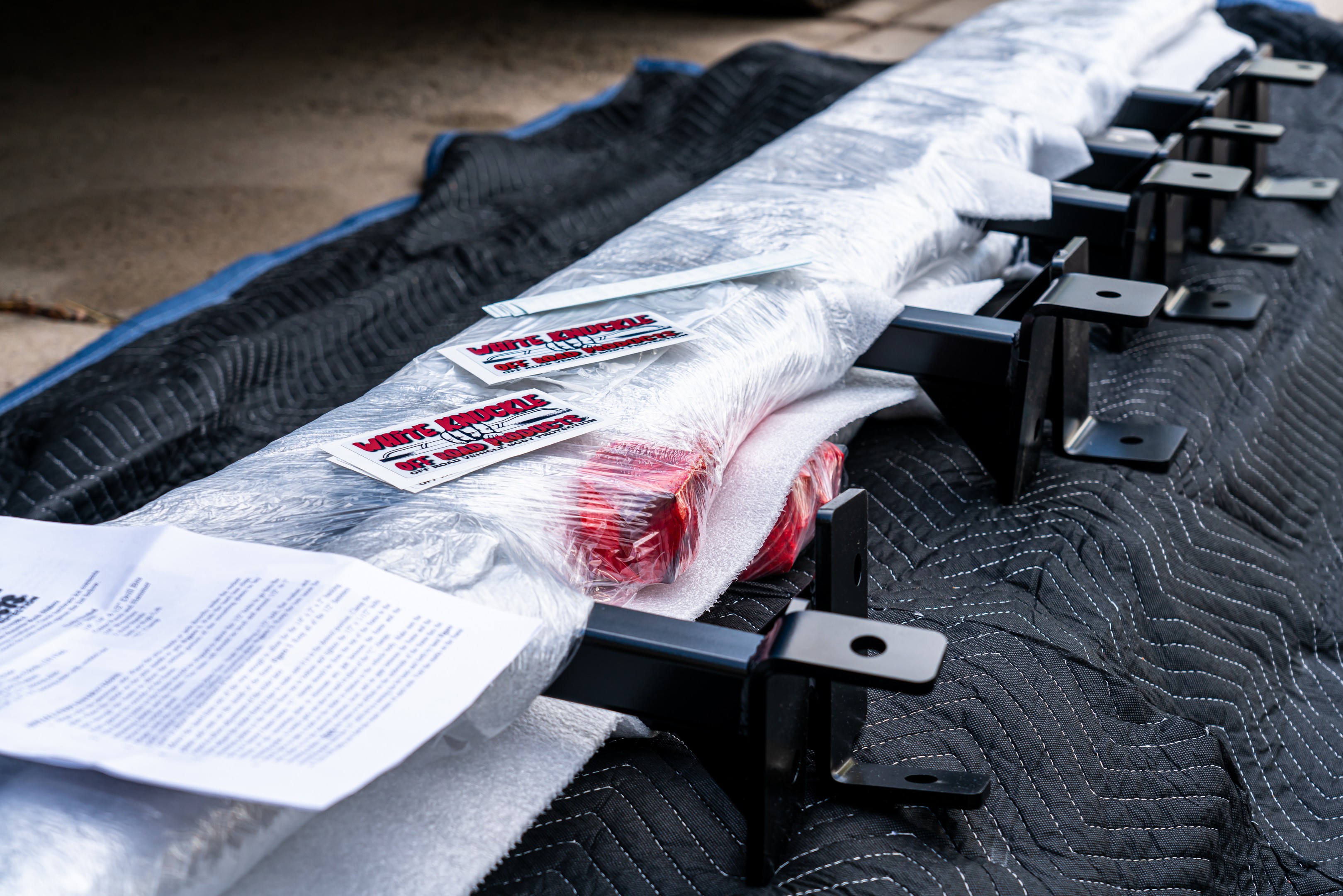


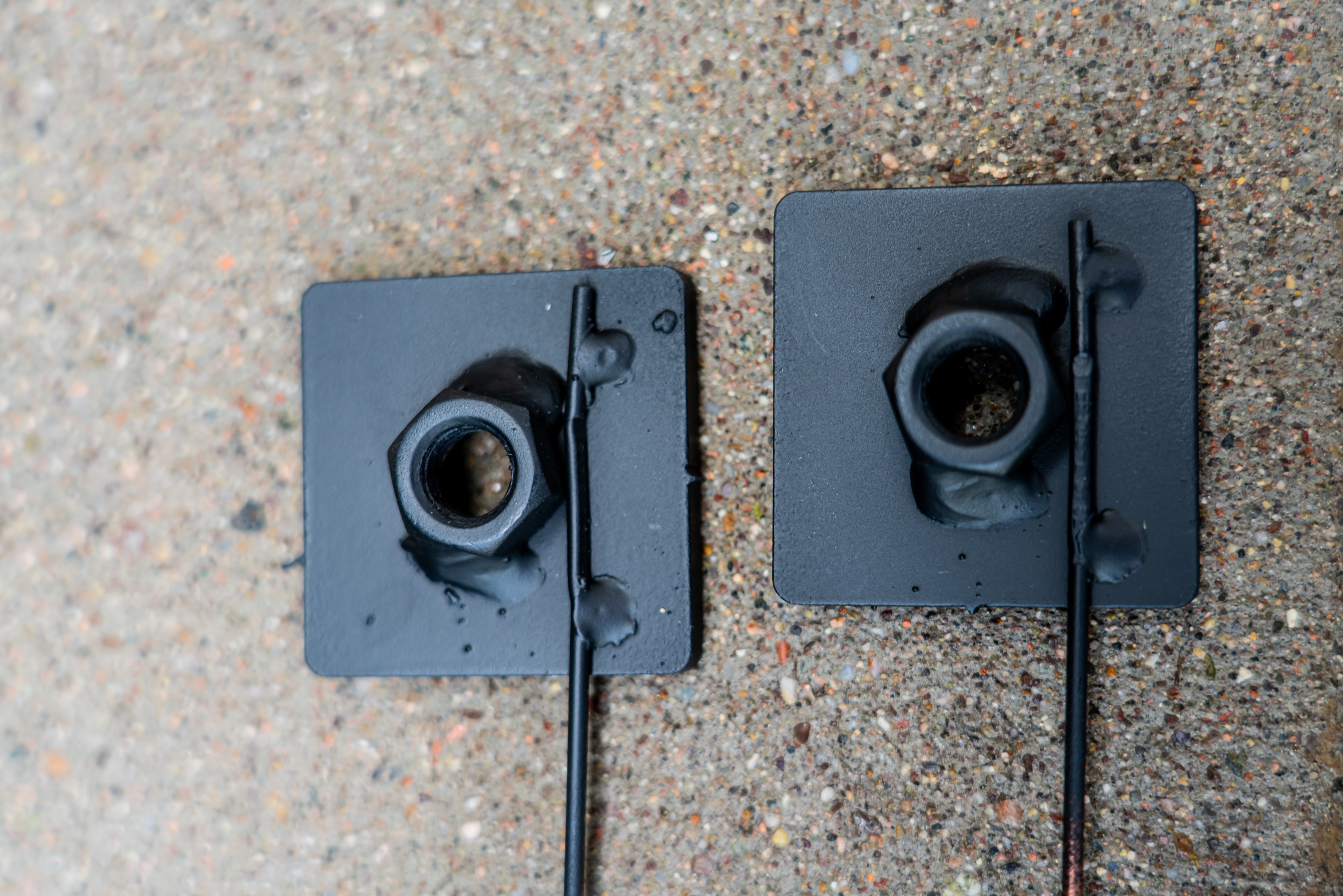







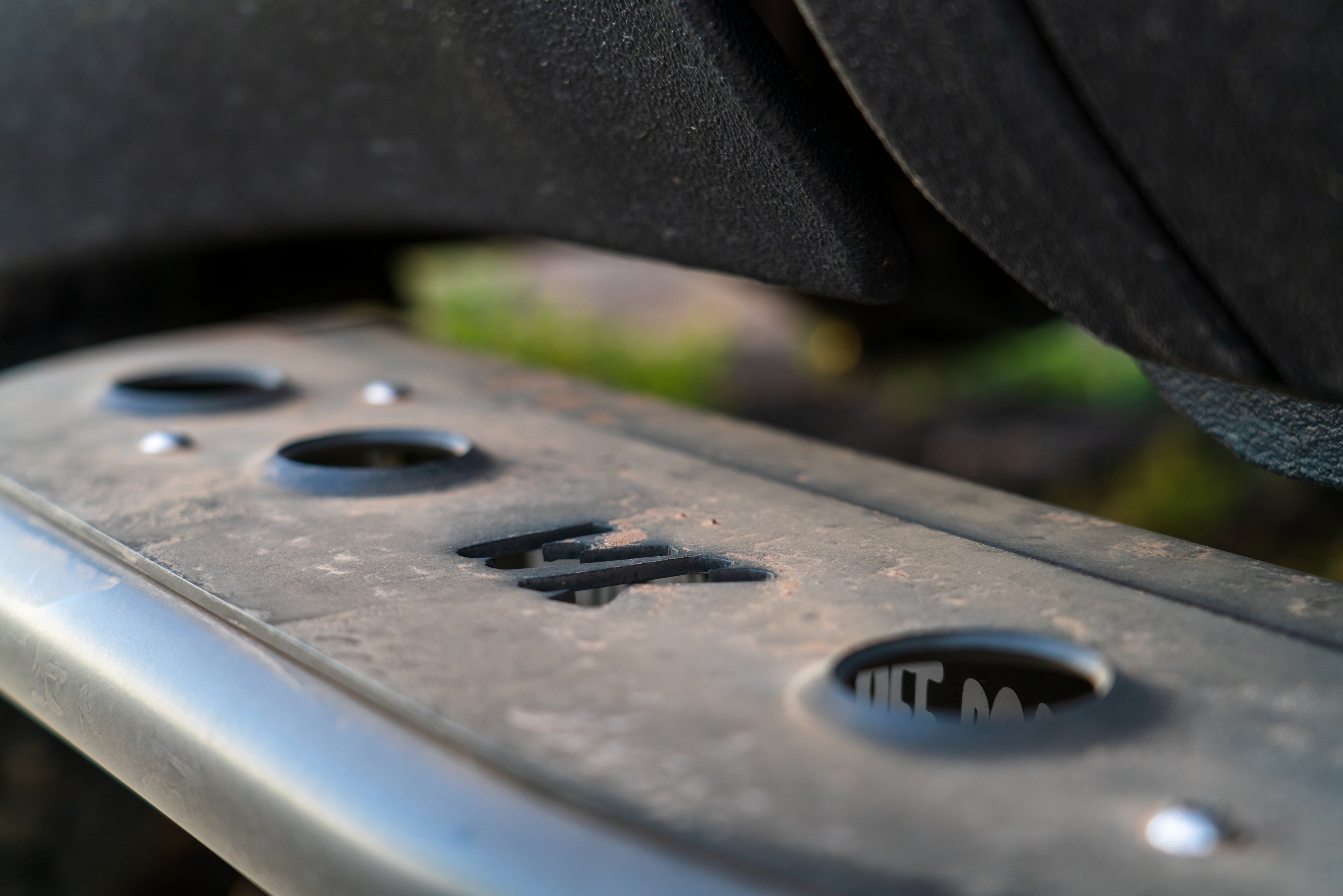


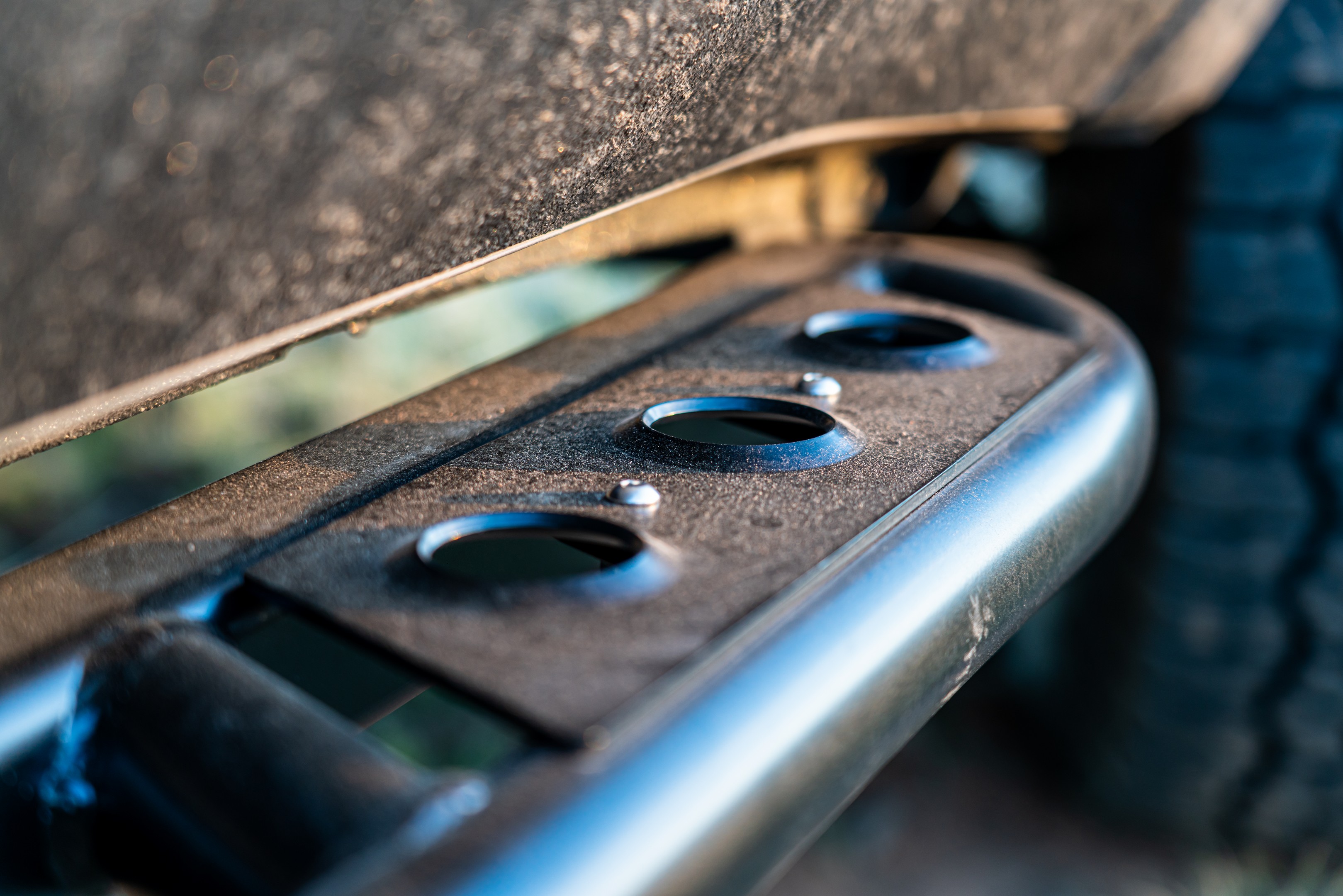
 THAT CAP AND THAT RACK
THAT CAP AND THAT RACK

 At the suggestion of someone who owns a Tundra nicknamed “Monster,” Project Tundra received a SnugTop Rebel truck cap last year. Monster’s owner also happens to be in the business of importing the best roof racks around, and so Project Tundra received a K9 roof rack and supporting accouterments from
At the suggestion of someone who owns a Tundra nicknamed “Monster,” Project Tundra received a SnugTop Rebel truck cap last year. Monster’s owner also happens to be in the business of importing the best roof racks around, and so Project Tundra received a K9 roof rack and supporting accouterments from 
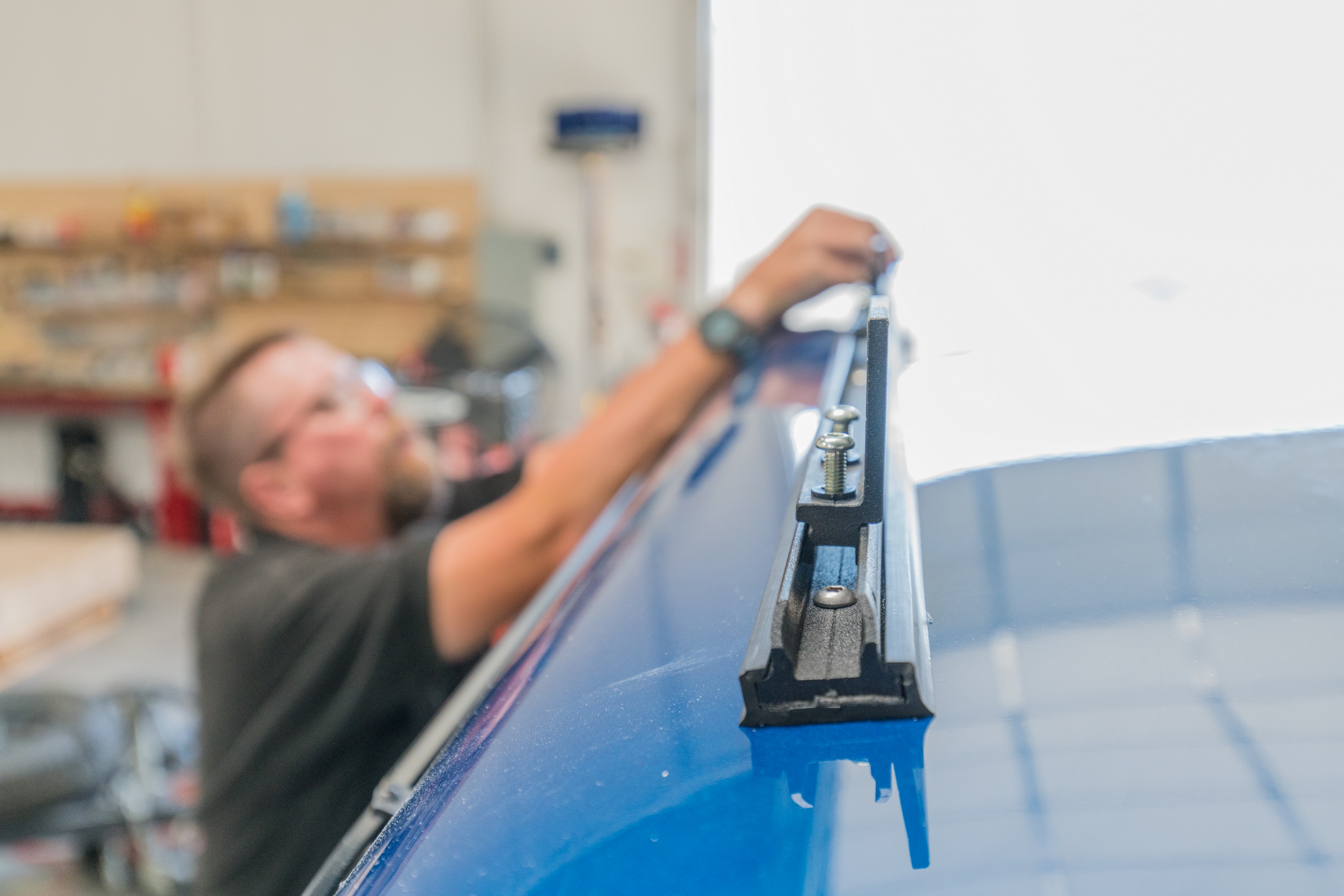
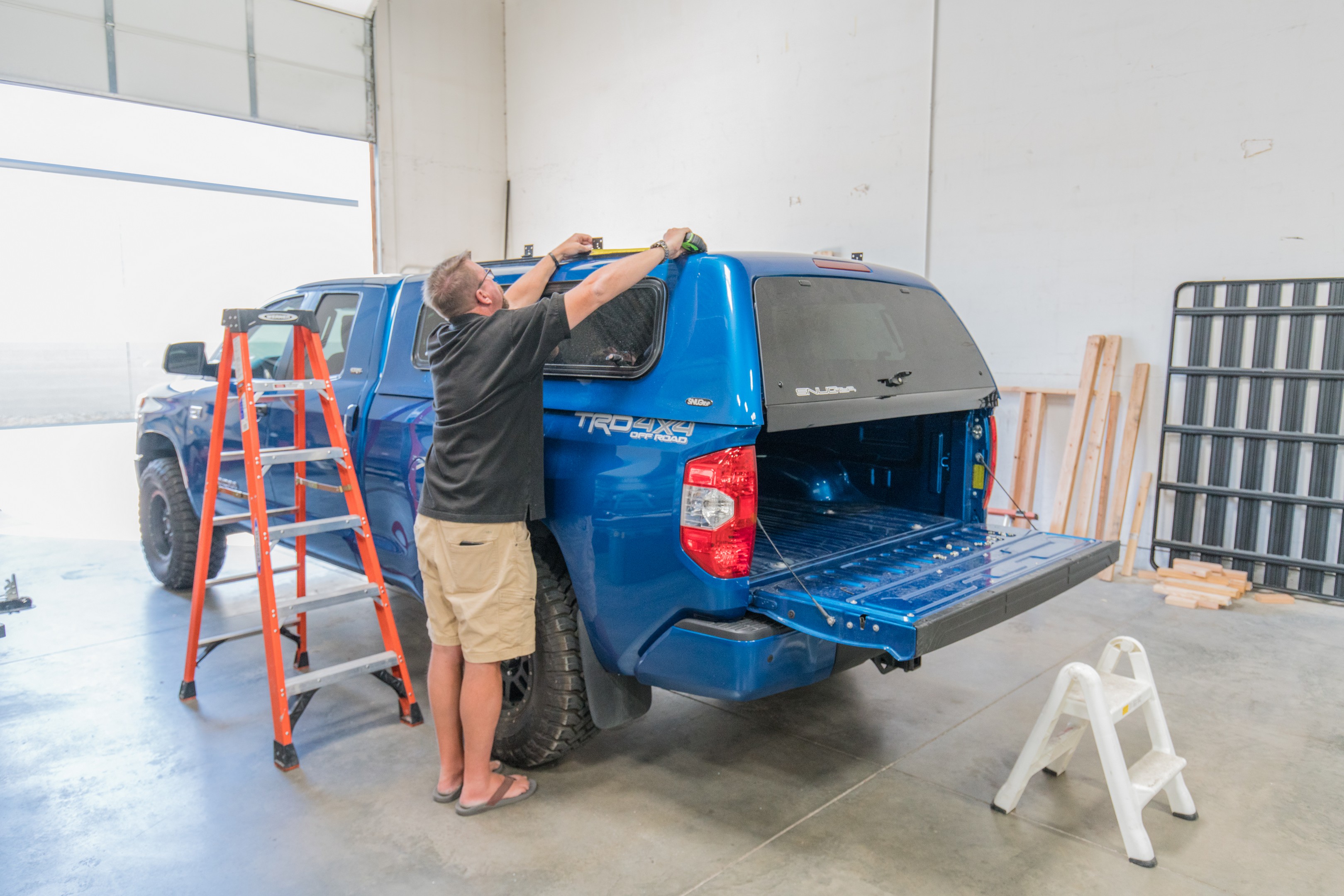


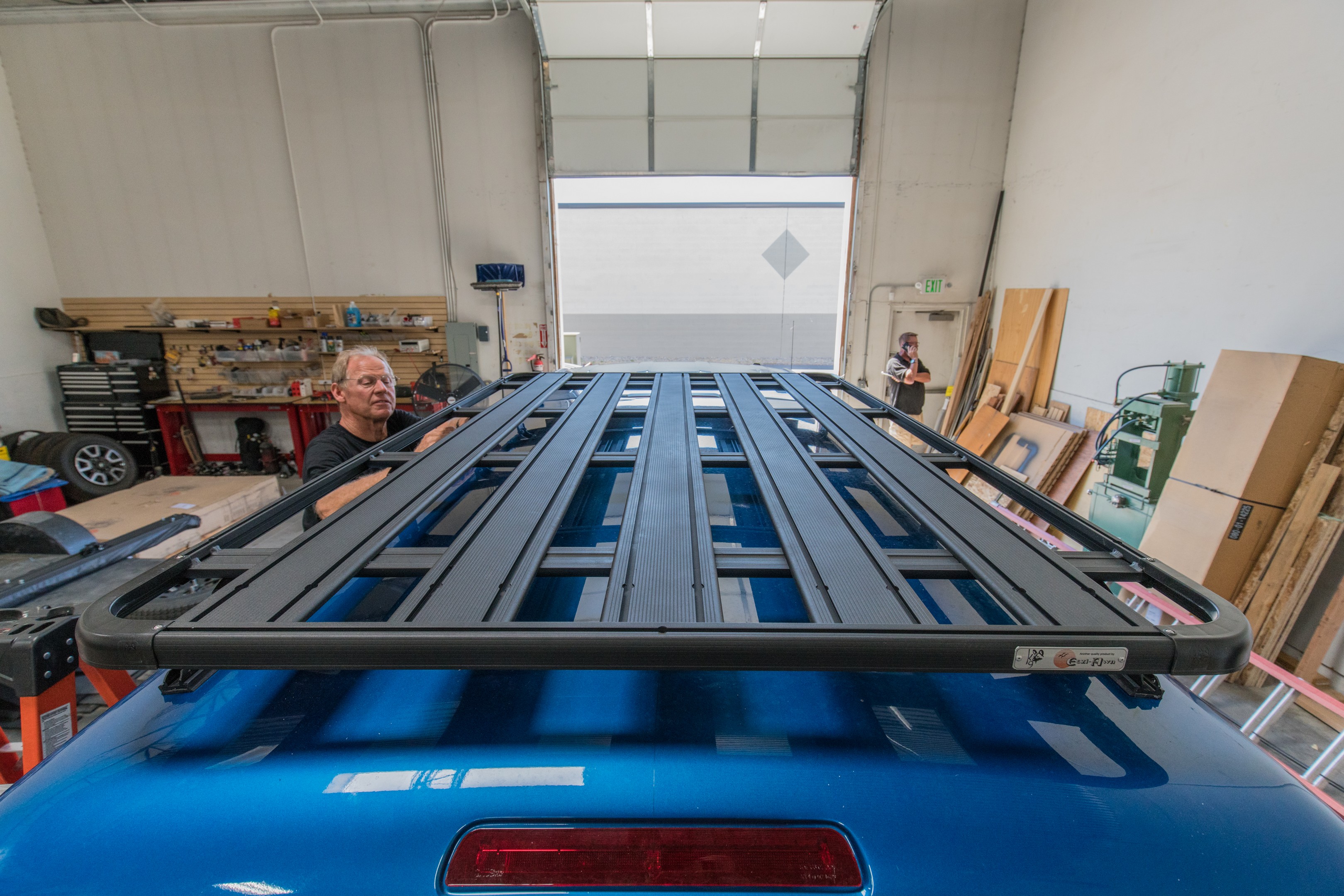






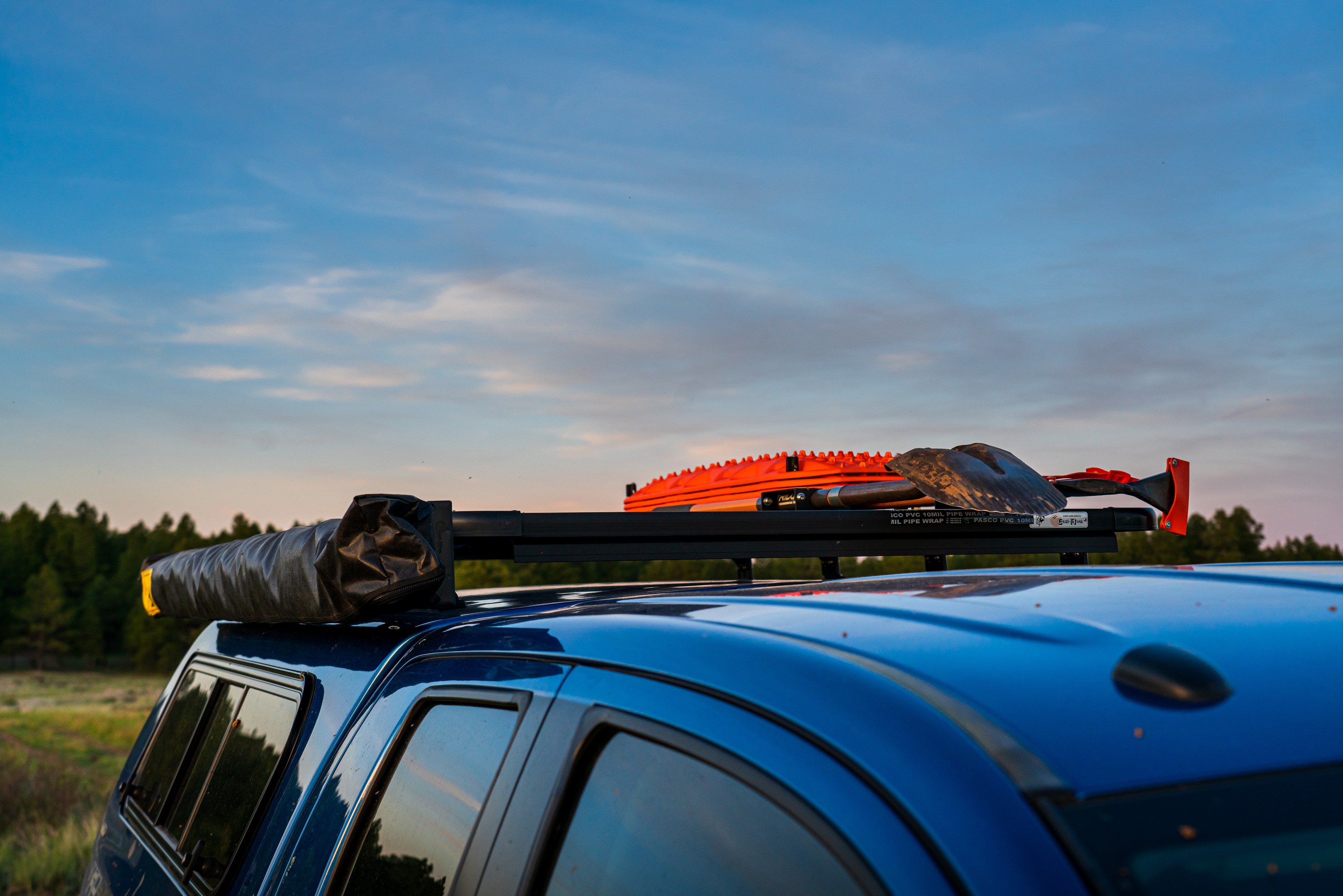
 In it’s current form, Project Tundra is an extremely versatile rig and I’m extremely happy with what I can do with it. From loading the truck up with toys and the family for long vacations to quick evening go-fast trips to the important places just to watch the sun set, Project Tundra does it all, and does it all well. This past winter, we took on record snowfalls in the Colorado Rockies, and then in the middle of summer took on the remnants of that same snow. We’ve hauled all kinds of tools and toys and enjoyed the deserts of the Southwest, and so many other great places.
In it’s current form, Project Tundra is an extremely versatile rig and I’m extremely happy with what I can do with it. From loading the truck up with toys and the family for long vacations to quick evening go-fast trips to the important places just to watch the sun set, Project Tundra does it all, and does it all well. This past winter, we took on record snowfalls in the Colorado Rockies, and then in the middle of summer took on the remnants of that same snow. We’ve hauled all kinds of tools and toys and enjoyed the deserts of the Southwest, and so many other great places.

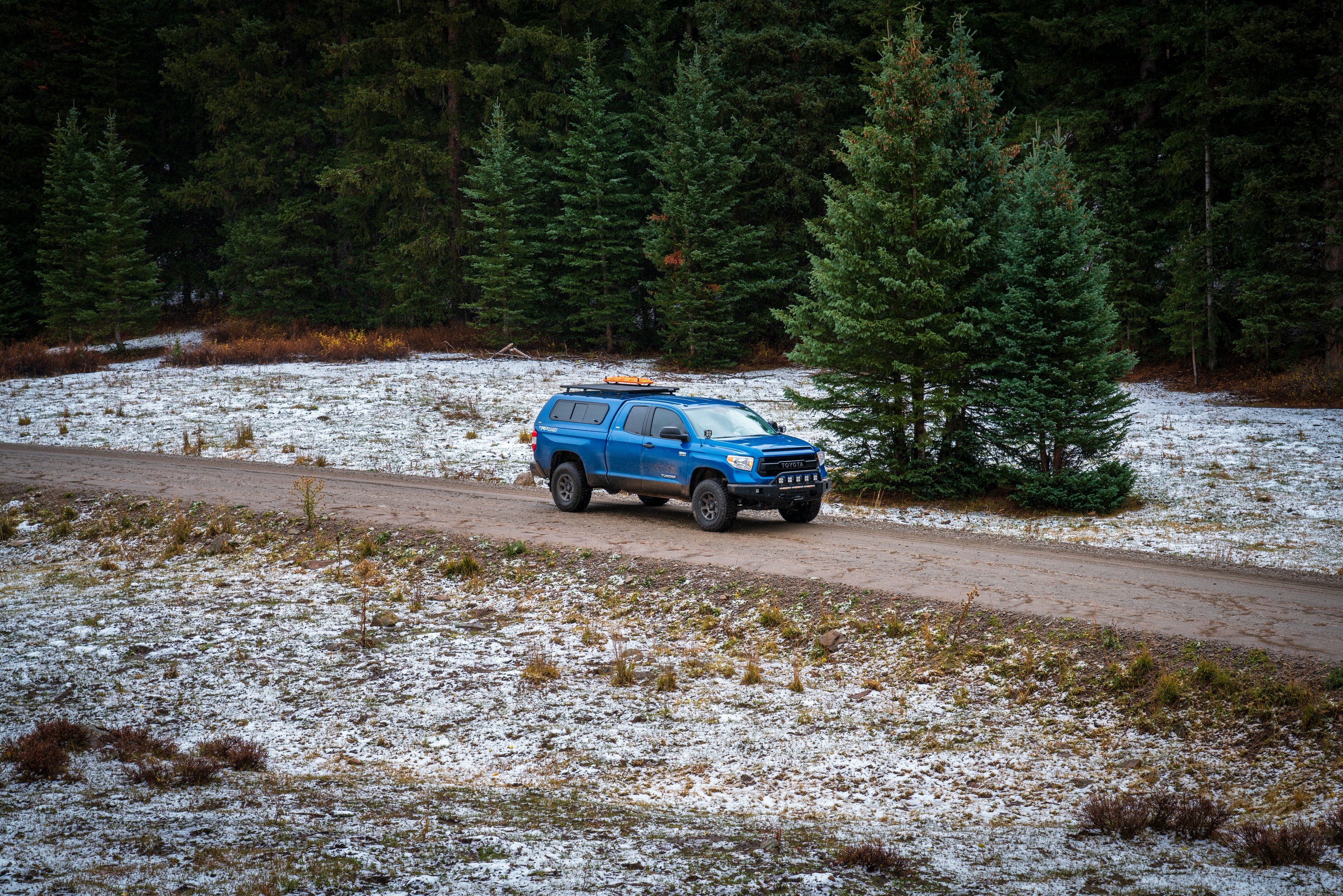
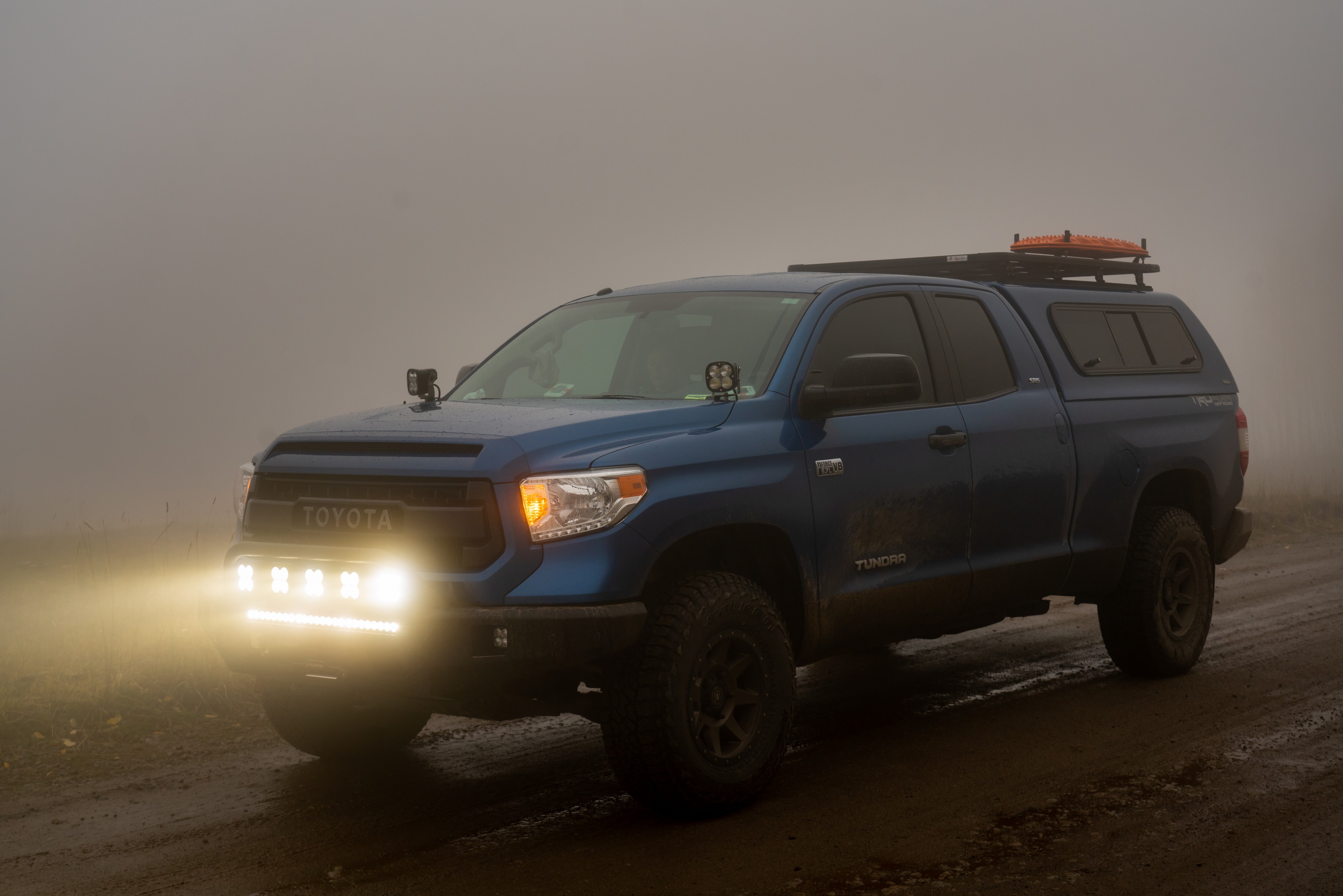

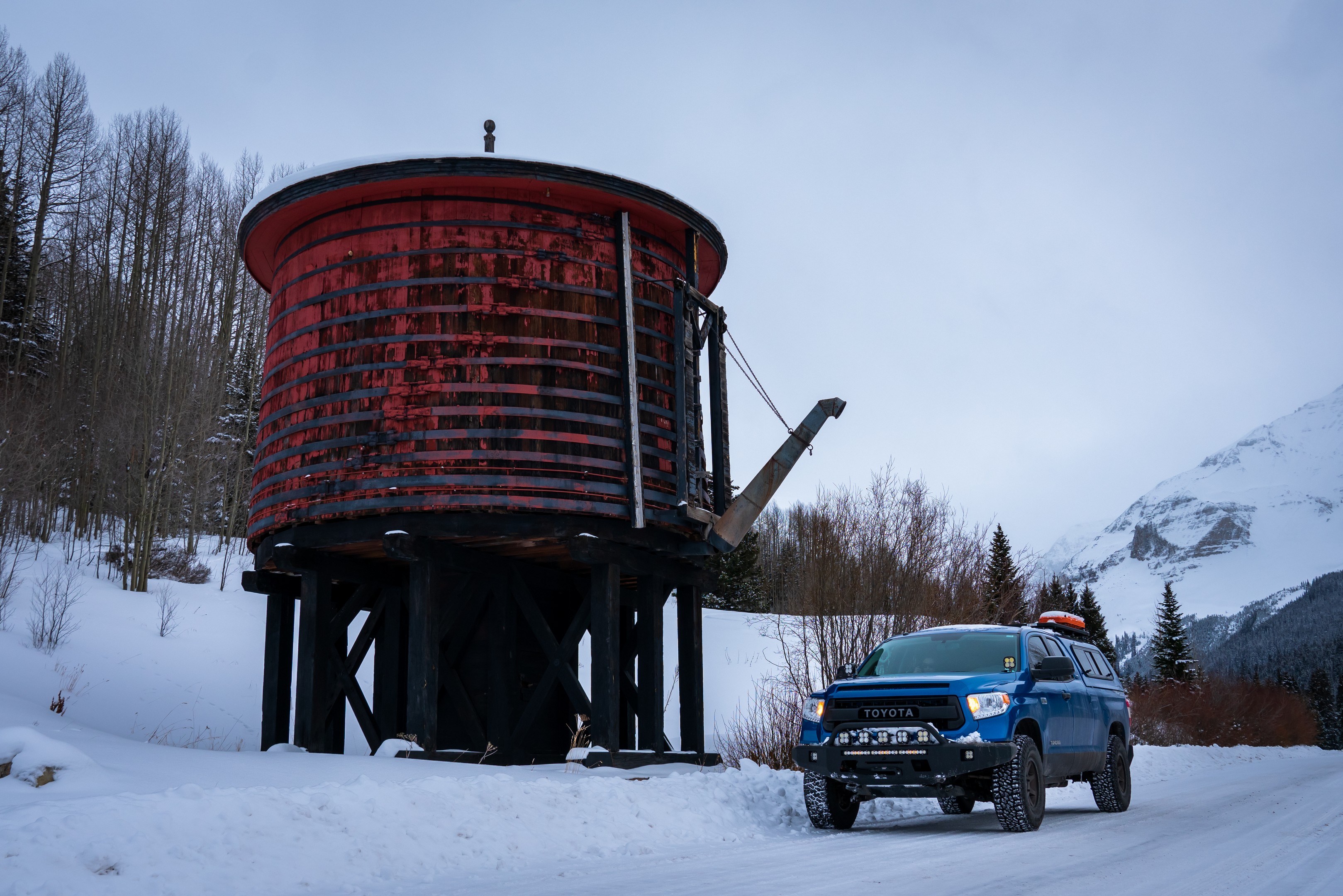
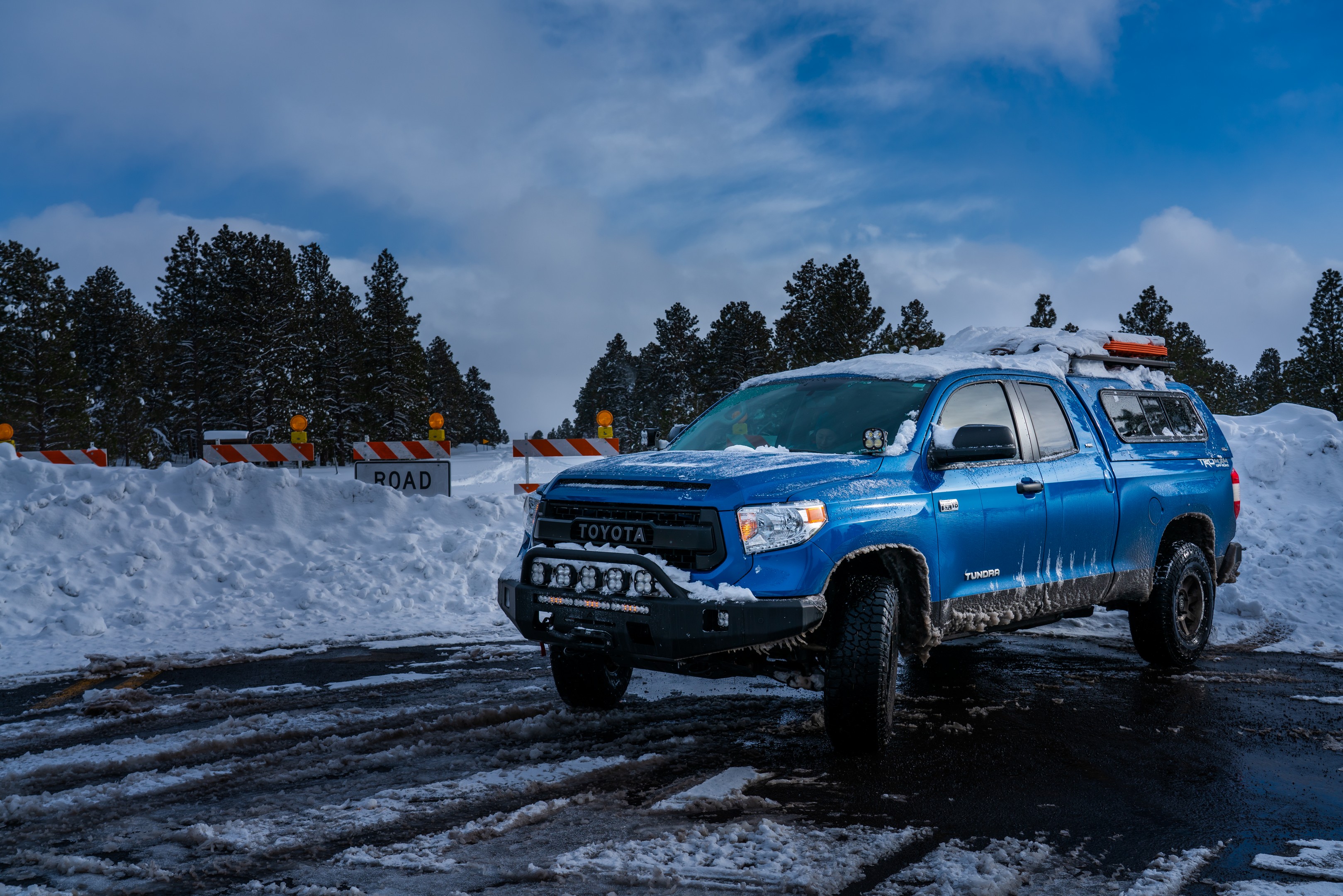


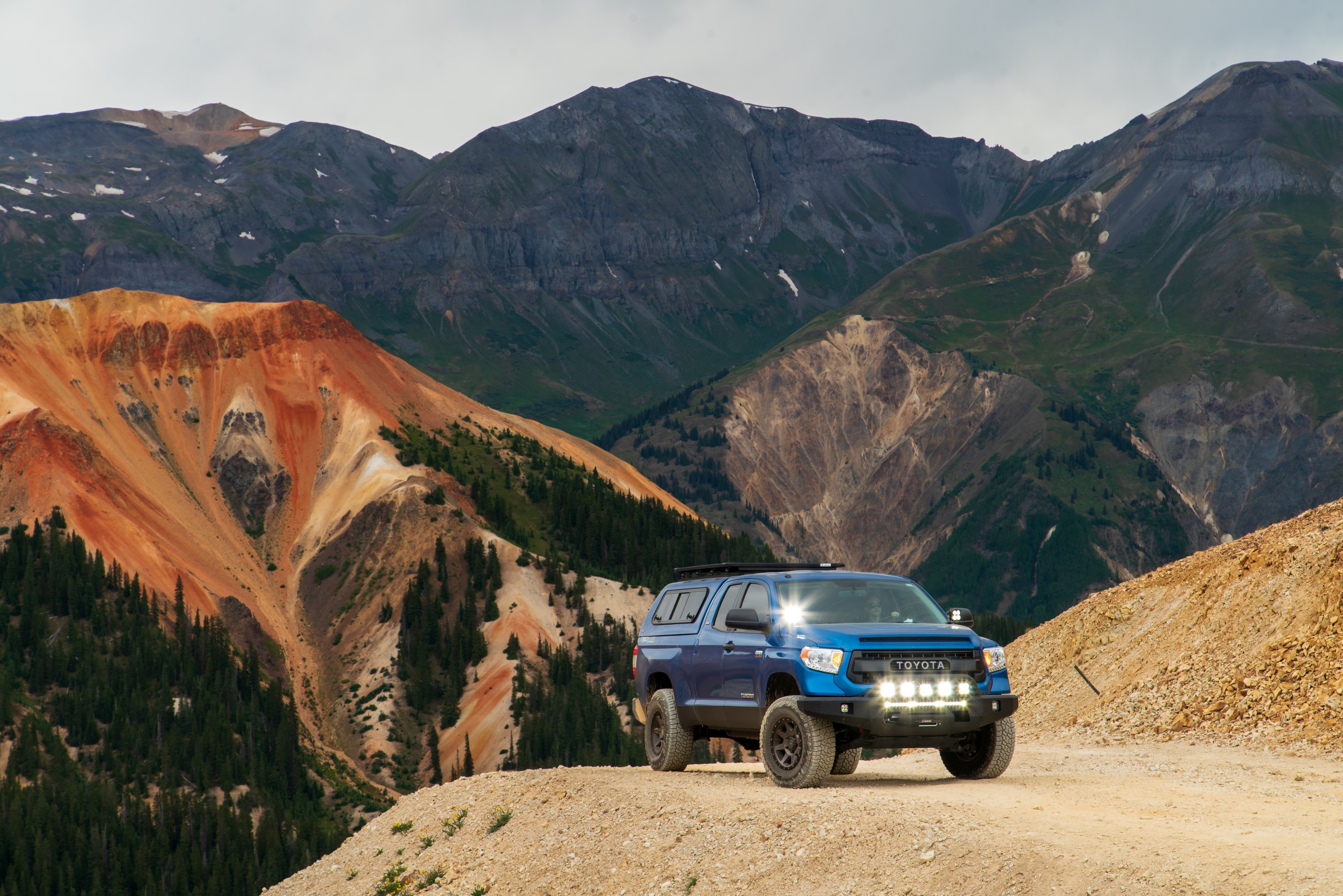
 I have to say that I feel incredibly fortunate to get to do the things that I do with Project Tundra. This whole process has created an awesome vehicle (pun intended) to get to spend time outside with good friend and family, and this whole processing of building this rig has introduced me to so many awesome folks and provided many memorable experiences that I am quite thankful for. I hope that these articles have been helpful in someway to you, whether that’s a serving of inspiration while you’re working through the daily grind or whether you’re looking into building a new rig or playing with your current setup!
I have to say that I feel incredibly fortunate to get to do the things that I do with Project Tundra. This whole process has created an awesome vehicle (pun intended) to get to spend time outside with good friend and family, and this whole processing of building this rig has introduced me to so many awesome folks and provided many memorable experiences that I am quite thankful for. I hope that these articles have been helpful in someway to you, whether that’s a serving of inspiration while you’re working through the daily grind or whether you’re looking into building a new rig or playing with your current setup!